
by Krista | Feb 16, 2016 | Summer
It’s lovely how sometimes healing sneaks up on you when you least expect it. Moments that previously would trigger panic attacks are now ones of genuine happiness, and you can’t help but smile knowing you are stronger, braver, healthier than you were before.
That happened to me this weekend when I welcomed people I barely know into my safe place, our farm.
When I first started healing from C-PTSD, the thought of having people in my safe place was cause for full blown panic attacks. Real Me wanted to have my friends and loved ones around me, but C-PTSD Me just couldn’t take it. It made me very sad and I felt much shame about it until I realized that C-PTSD is nothing to be ashamed of. It’s simply something that happened to me that I get to learn through and heal from. Removing shame makes healing so much easier.
As our guests arrived and we gathered around the table to eat and visit, it struck me that I wasn’t afraid anymore. I felt perfectly safe and, more than that, I felt happy, peaceful, delighted to have the chance to get to know such lovely people better. I was genuinely glad they were there, and I’m overjoyed about that.
Needless to say, such a revelation made a great day even better.
Bear and I had fun bustling about setting up tables and chairs under the gum trees. I added cheery tablecloths and mismatched dishes to brighten things up, and scattered cushions so everyone could have a comfy place to sit.
I caught myself smiling as we set up our picnic by the woodpile, celebrating that I’d also healed from the perfectionism that has long plagued me. It’s lovely to know now that connecting with good people and making memories is what’s important, not having a woodpile-free yard or chairs that don’t wobble or a farm that isn’t dotted with projects waiting to be completed.
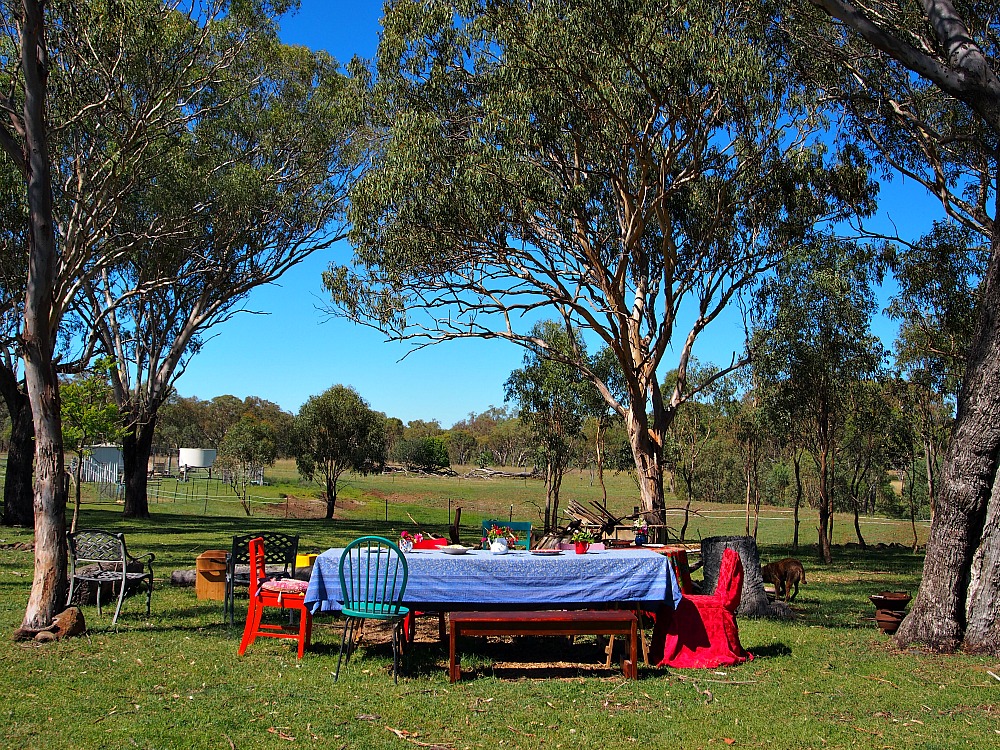
I raided my gardens for flowers and herbs to decorate the tables, collecting elderflowers, geraniums, and vinca, petunias, yarrow, and mint. Flower shop perfection they are not, but they make me happy with their whimsical free spiritedness.
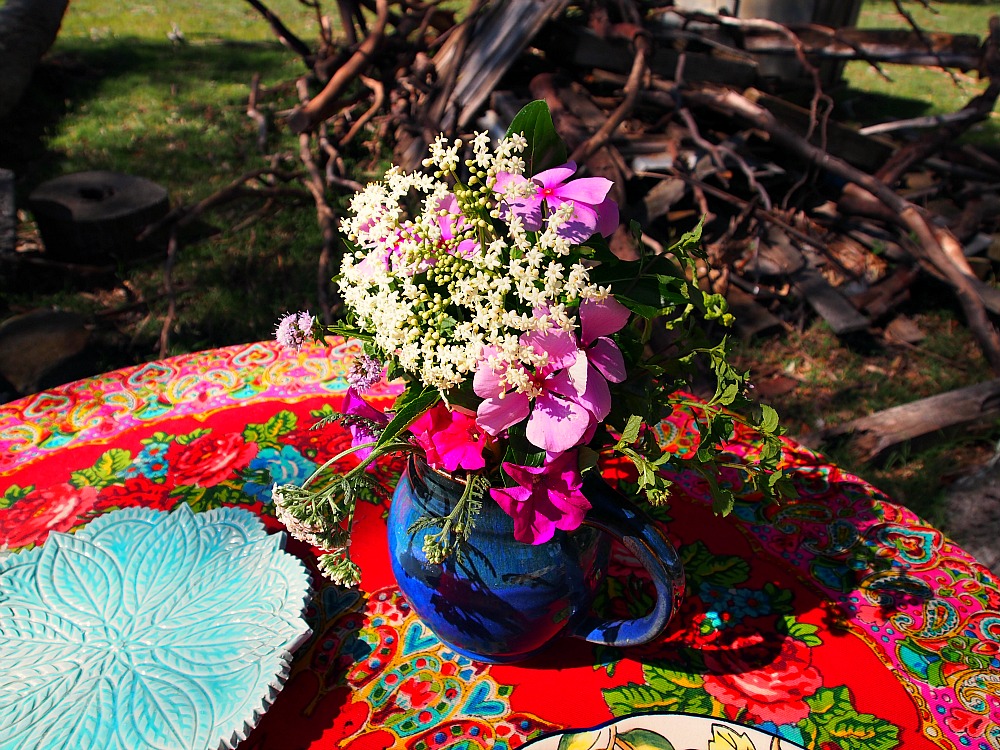
We set the tables, chilled the beer, started the bread, set out the wine, and then, phew, we were ready.
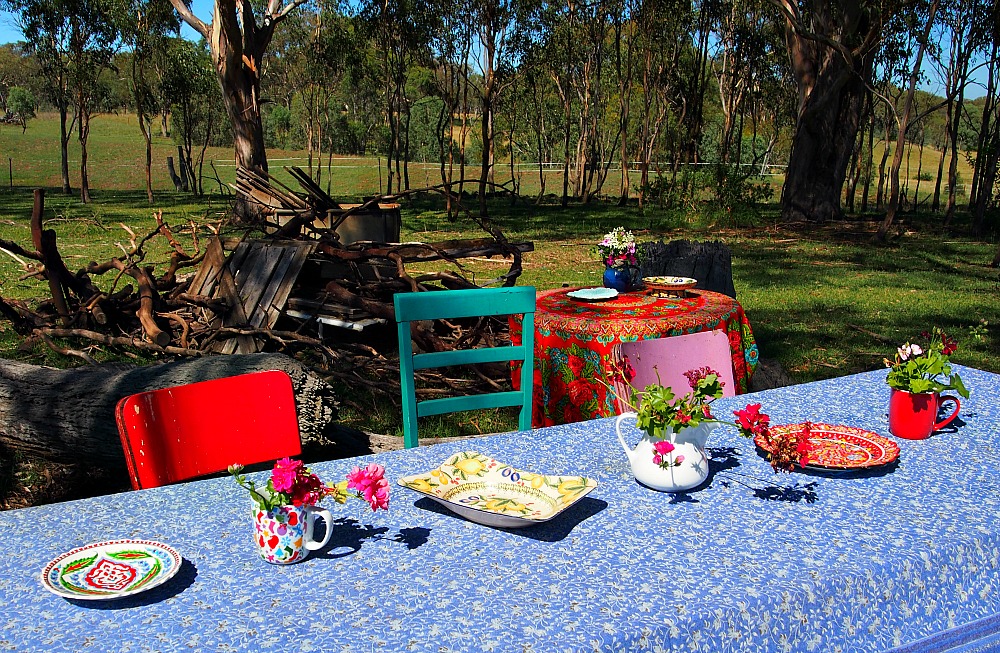
A chorus of barking from our four dogs meant our fabulous guests had arrived. Hailing from England, Australia, and New Zealand, they brought a delightful array of accents and stories with them, and we had a marvelous time.
There’s something pretty wonderful about sitting under the trees on a hot summer day, wind blowing through the trees, cold drinks in hand, having great conversation with interesting and kind people.
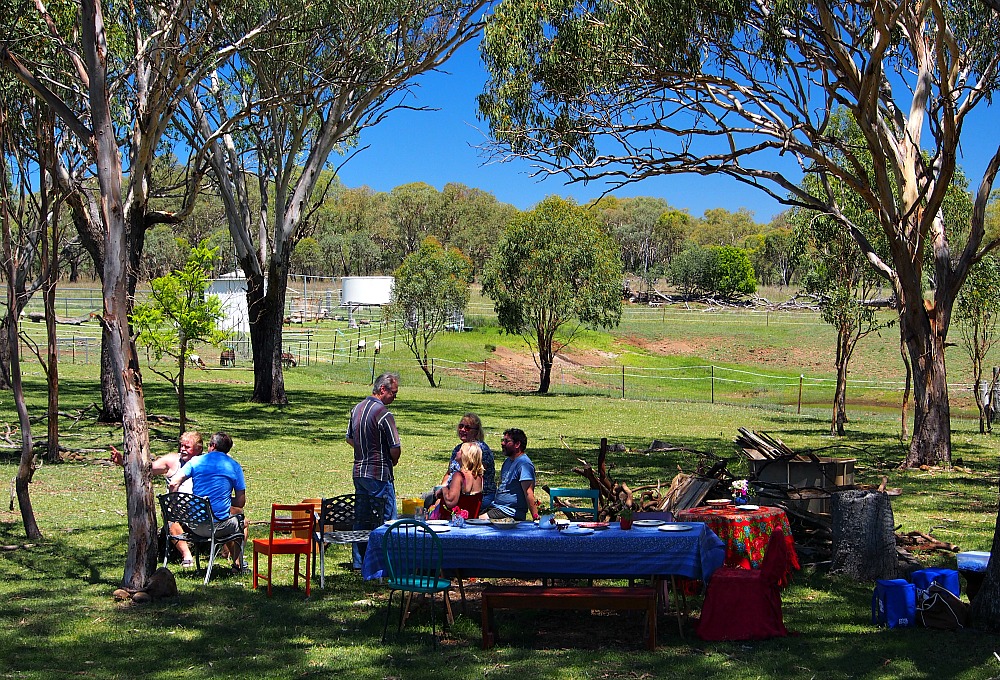
Our friends – for they are friends now – are so interesting, each with a wealth of adventures, experiences, and insights that make for excellent conversation. We heard tales of cycling around the world, life in the Kimberley’s, and hilarious encounters in New Zealand. We talked of books and food, photography and politics, philosophy and Aboriginal medicine. I loved it.
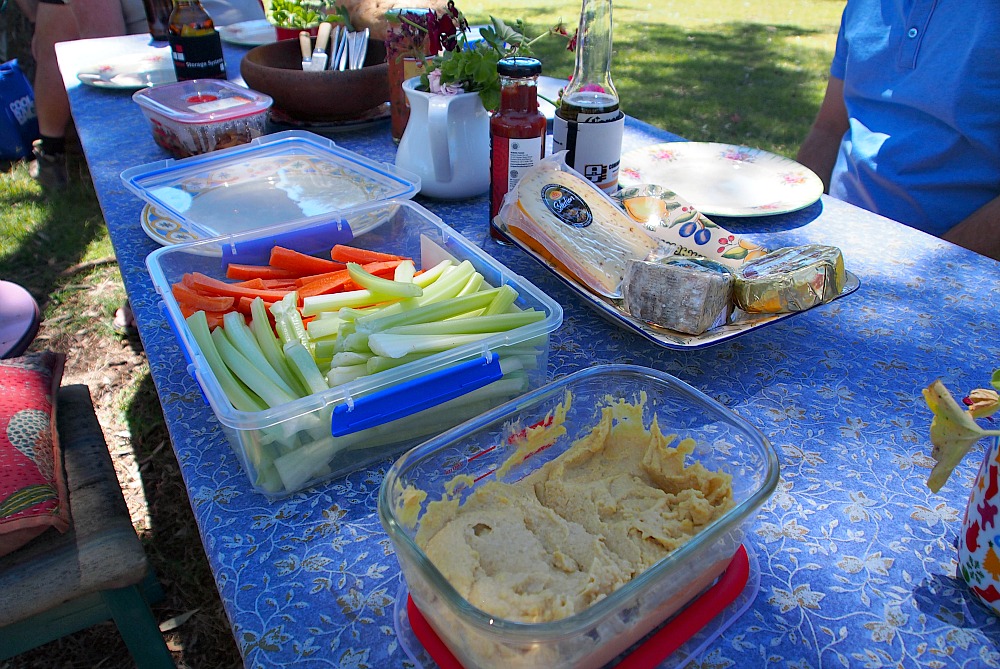
And we ate. How we ate!! All Bear and I provided was cold beer, homemade wine, and fresh bread, they brought the rest. Bless them.
We started with hummus and veggies and a scrumptious cheese platter bearing spiced gouda, a gorgeous blue cheese, brie, and camembert.
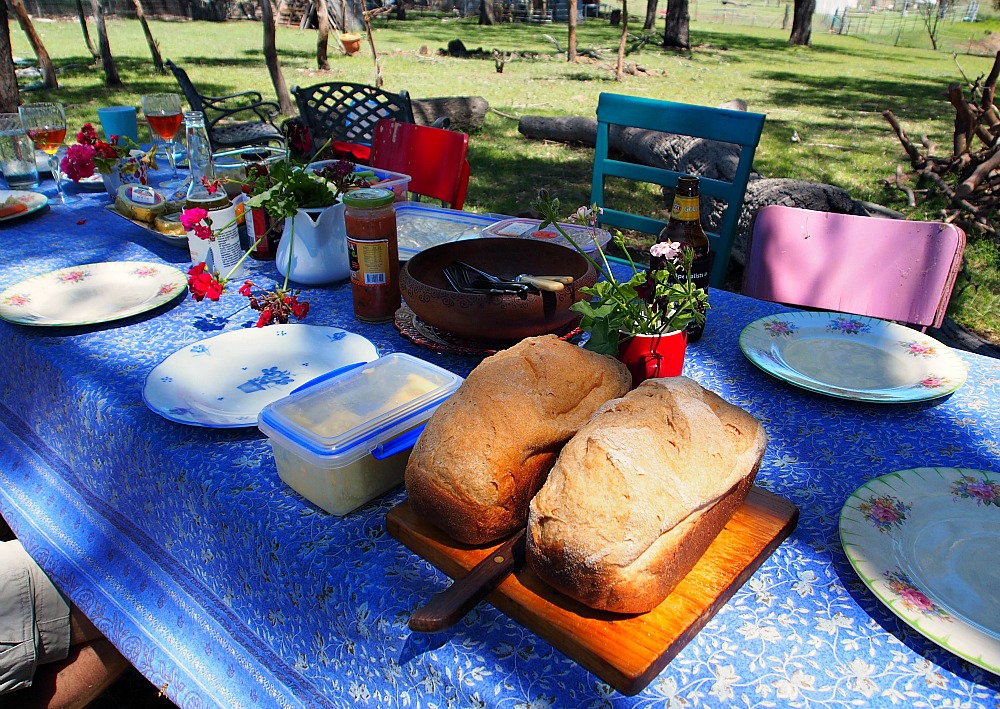
There were sausages with caramelized onions, fresh beetroot, steamed broccoli and cauliflower, buttered bread, chunky potato salad with red onion and gherkins, and sweet apple salad with cashews.
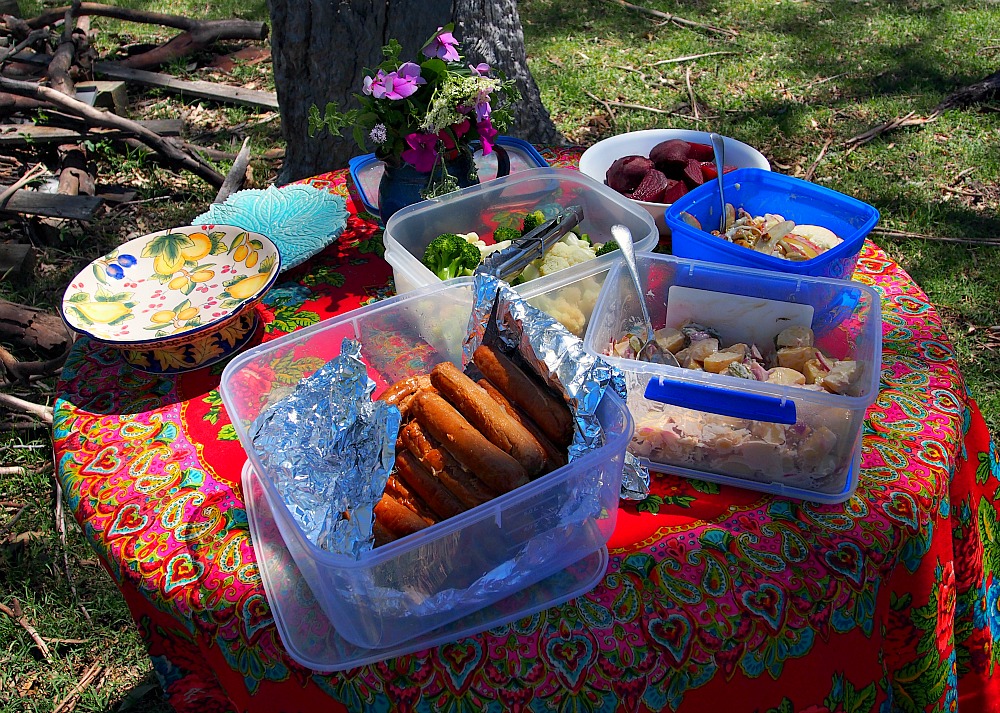
Accompanied by glasses of homemade plum wine, it was a truly delectable meal.
Then we had dessert, Sue’s famous Spotted Dick and adorable profiteroles filled with chocolate cream.
Bliss.
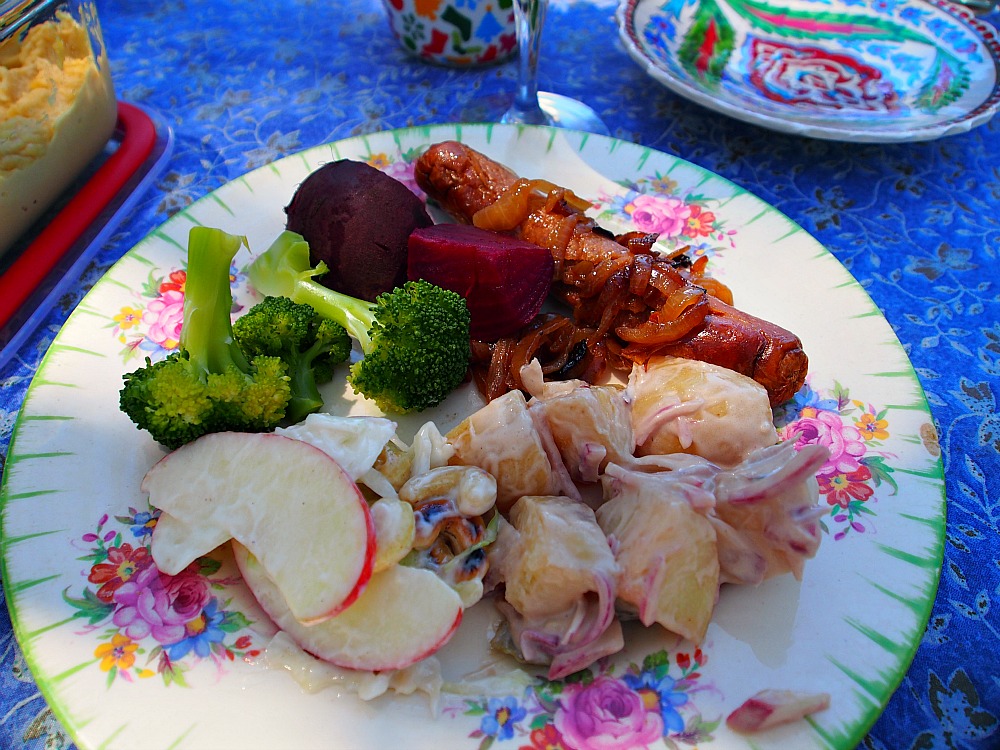
Of course, the company was the best part, and we chatted companionably around the table and as we explored the farm, perched on fallen logs, or nestled into comfy chairs on the veranda. Even two days later my mind is still mulling over things we discussed. It was good.
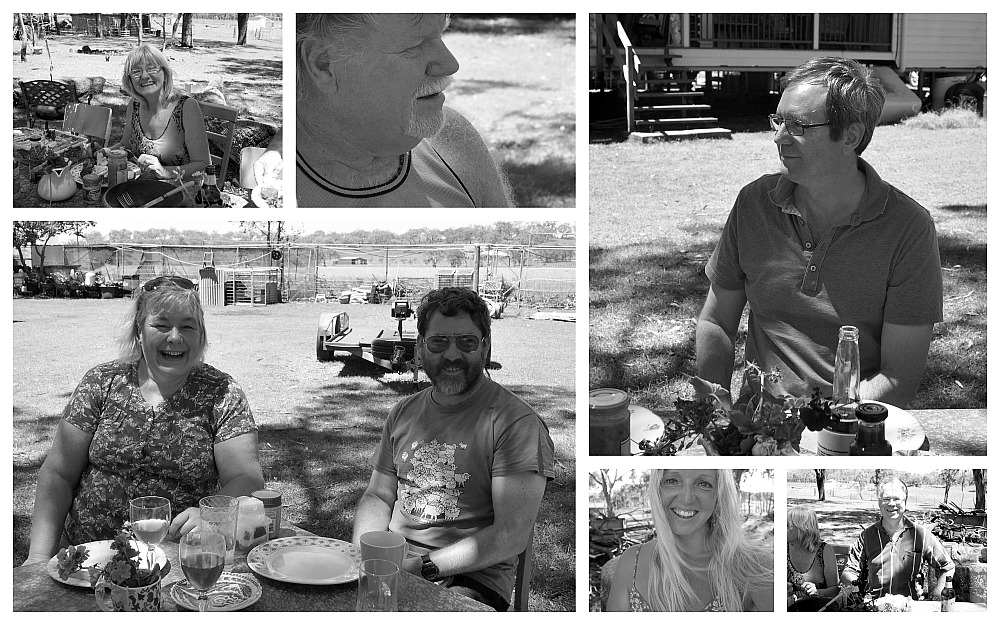
The afternoon flew by and soon it was time for them to head for home. We hugged good-bye, sun-kissed, wind-blown, and happy, hoping that our next visit isn’t too far in the distant future.
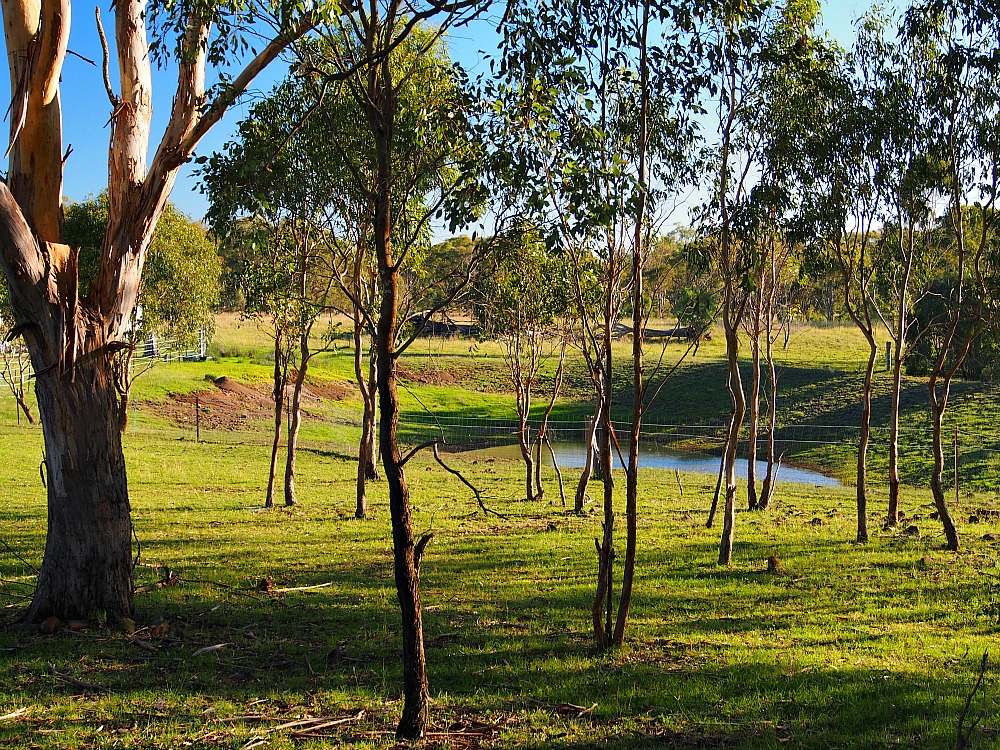
Where is your favorite place to picnic? xo

by Krista | Feb 8, 2016 | Summer
Sue and I left the red cliffs of Cania Gorge and headed into the delightfully named Banana Shire in search of a mountain.
As we drove along the incredibly flat area, we wondered if perhaps we were in the wrong place. A 360 degree look around revealed nothing resembling a hillock let alone a mountain. But we soldiered on, motoring beside fields and through stands of trees and suddenly, there it was.
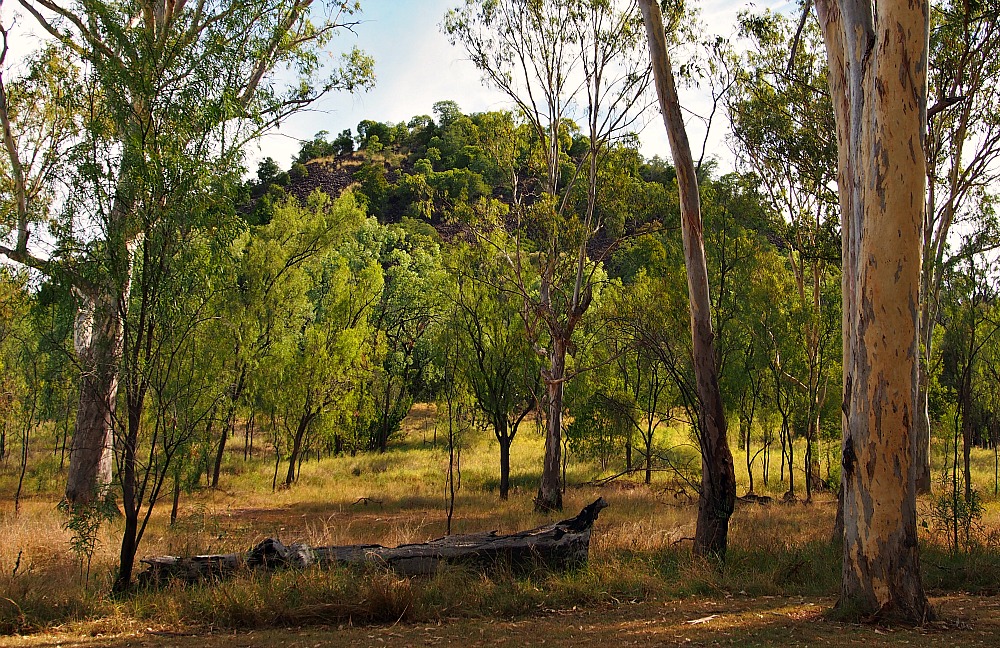
Dubbed Mount Scoria by the English mapmakers who named it, this mountain is called Dangama Mungar (Talking Mountain) by the Gangulu people.
It is an important meeting place for corroborees, an event for them to gather to dance together and discuss marriages, initiations, ceremonies, spiritual life, law and order, trade, and commerce. It’s a time to socialize and tell stories and discuss important matters.
The mountain was the site of an active volcano. Once the lava cooled it created unusual basalt columns with five to eight sides.
The Gangulu people believe that Dangama Mungar was created by the Wujanbara Bunna, Giant Man. It is believed that at the time of creation, Wujanbara Bunna walked across the land, pausing to lay down and sleep. He was so big that his nightly rest caused a ruckus in the land and created mountain ranges, hills, and gorges, Mount Scoria.
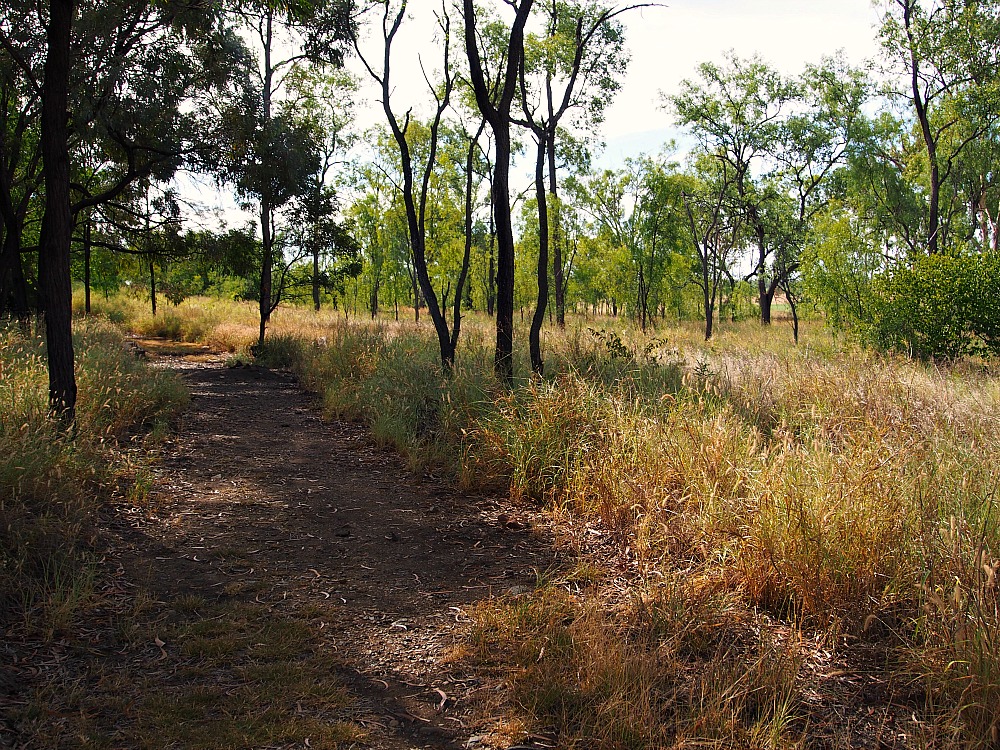
Dangama Mungar is a quiet and peaceful place of gentle trails that meander past meadows and through thick bush.
The Juri, or totem, for Gangulu country is Gujunara, the carpet snake. It is considered the spiritual brother of the Gangulu people, a sacred being, and they are forbidden to ever kill or eat it.
I wished I hadn’t read that before entering this area. The trail was cut through a tangle of vines and tree roots that twisted and turned underfoot like, you guessed it, snakes. Shudder. My imagination was on overdrive and I silently willed any marauding carpet snakes to hustle back home instead of introducing themselves to me.
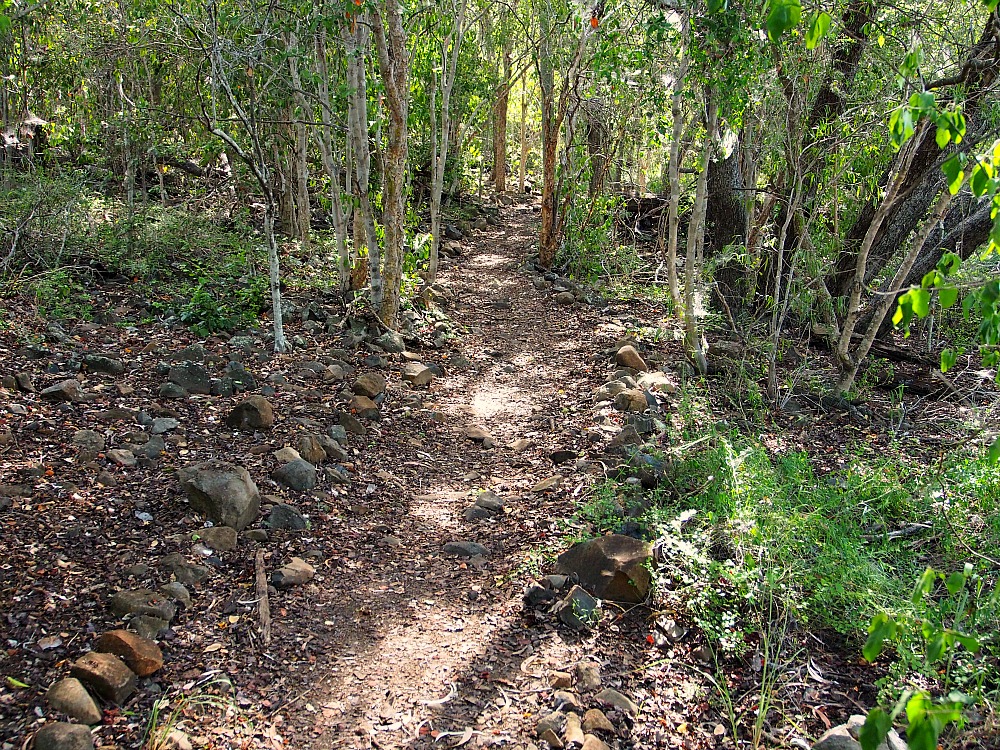
Apart from keeping a weather eye open for carpet snakes, walking the trails around Dangama Mungar was so peaceful it was almost meditative. The silence, the hot late afternoon sun, and gentle cadence of our hiking lulled us into quietness.
As we approached the mountain itself, the trail became hazy, finally disappearing into rocks and trees. Although we ventured in, we soon realized that we’d have to reinvent ourselves as bushwhackers to proceed further. Since we’d neglected to bring our machetes we bid farewell and headed back down the mountain.
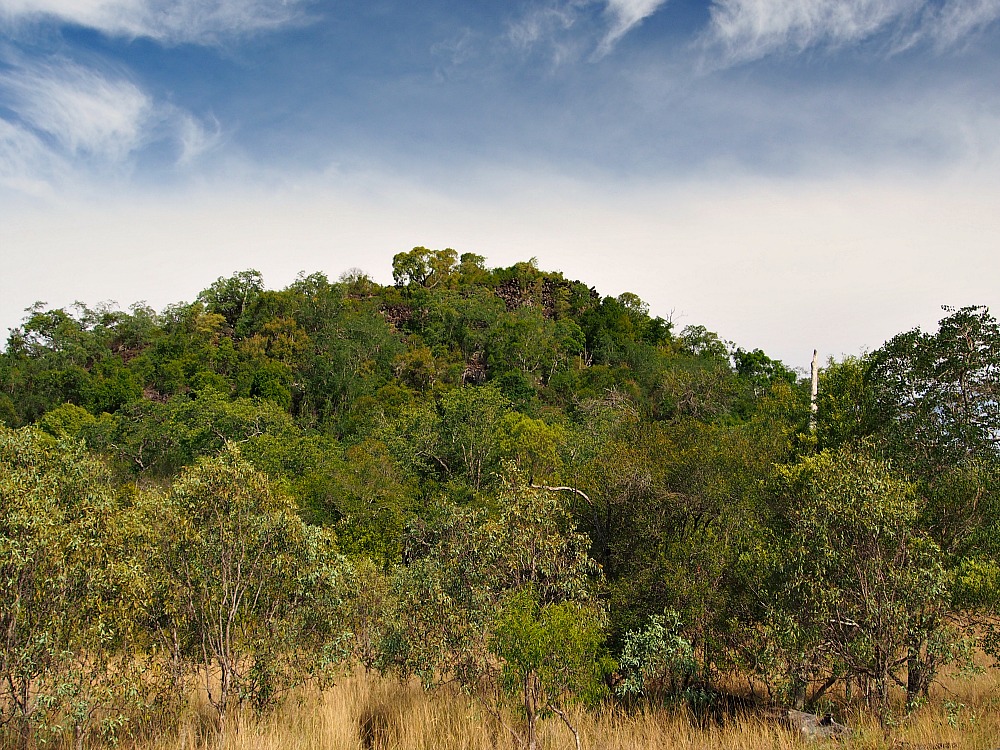
One of the lovely things about this trail is the presence of signs sharing stories and history from the Gangulu people.
My favorite was the story of how stars came to fill the heavens:
In the time of Creation, the Gangulu people were given the power over fire, and for a long time they used it wisely.
One day, two mischievous Windaru gada (Kookaburra brothers) watched as the people used fire to manage the bush. They saw how the Gangulu were able to control the fire and become very jealous.
At dusk one day, when the Gangulu were fire farming, the Windaru gada stole two sticks of fire. The Gangulu warriors saw the brothers steal the fire and began to chase them.
To escape the warriors, the Windaru gada took to flight, flying high amongst the trees, setting them alight with the fire sticks as they flew by. When this happened, a great fire started and tore through Gangulu country. The people became frightened since they had no place to hide, and called to their Creation Spirit, Munda Gara (Rainbow Serpent) to help them.
Munda Gara saw there was danger int he land and called for rain to put out the raging fires. The rain came but by now the flames were so great and intense that as the rain hit the earth and the burning trees, a shower of sparks flew high into the night sky.
This is how all the stars were created in the heavens.
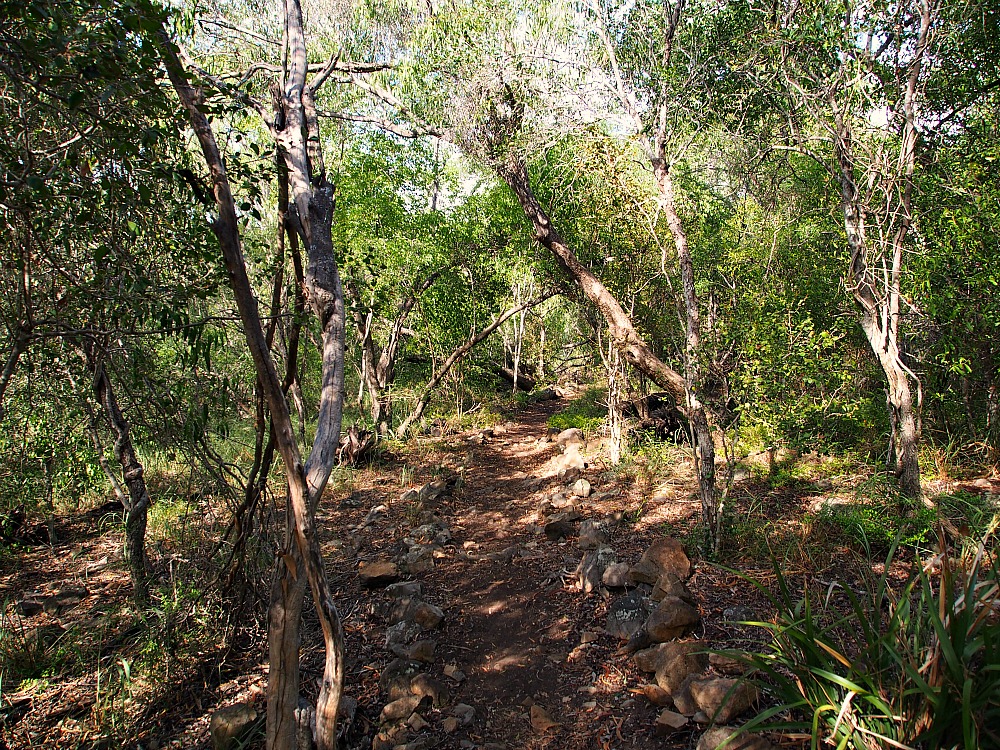
After reading that story, I liked wandering through this meadow and seeing these lovely weeds back lit by the sun, looking every bit like shooting stars.
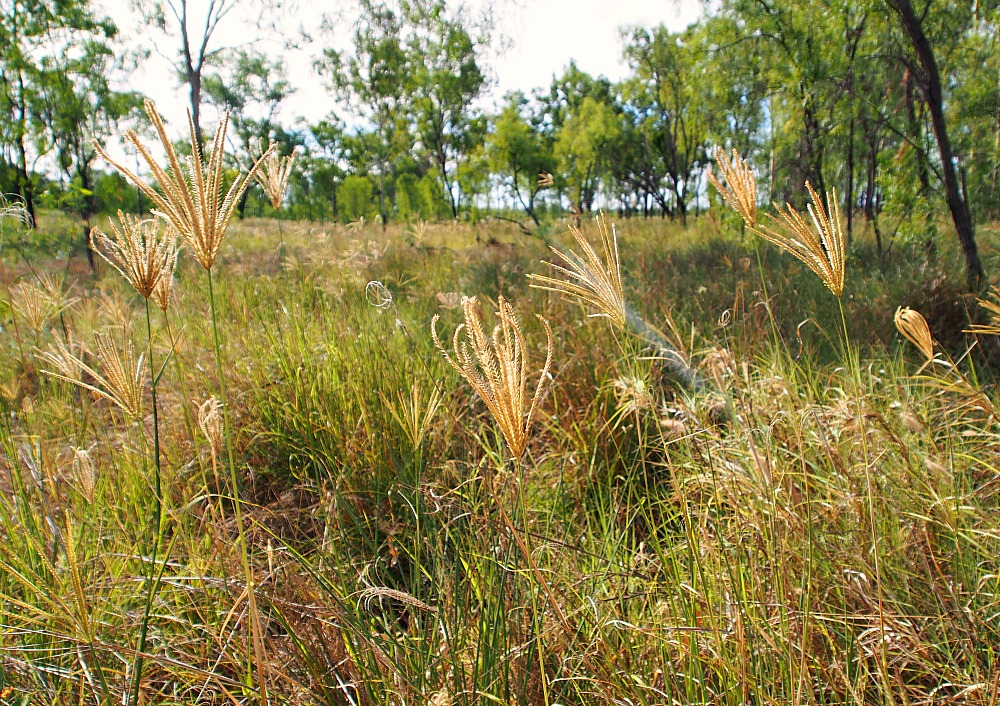
I really enjoyed learning more about the Gangulu people and the delightful oral history of the world they’ve passed down through so many generations. xo

by Krista | Feb 7, 2016 | Summer
As Sue and I left Boondooma Homestead, we continued our trek north, rumbling along through acres of bush, in awe of the settlers who came to this land and battled bush fires, floods, and innumerable hardships to build their farms and villages.
We drove over many creeks, or, as I like to call them, “just kidding” creeks. We’d get all excited to see a babbling brook or crystal clear stream only to be greeted with dry beds filled with nothing but sand and rocks. It became a joke for us to see if they were real creeks or “just kidding” ones.
As we approached the Burnett River just outside Mundubbera, we craned our necks to peer over the bridge and were delighted to find that it was indeed a real river.
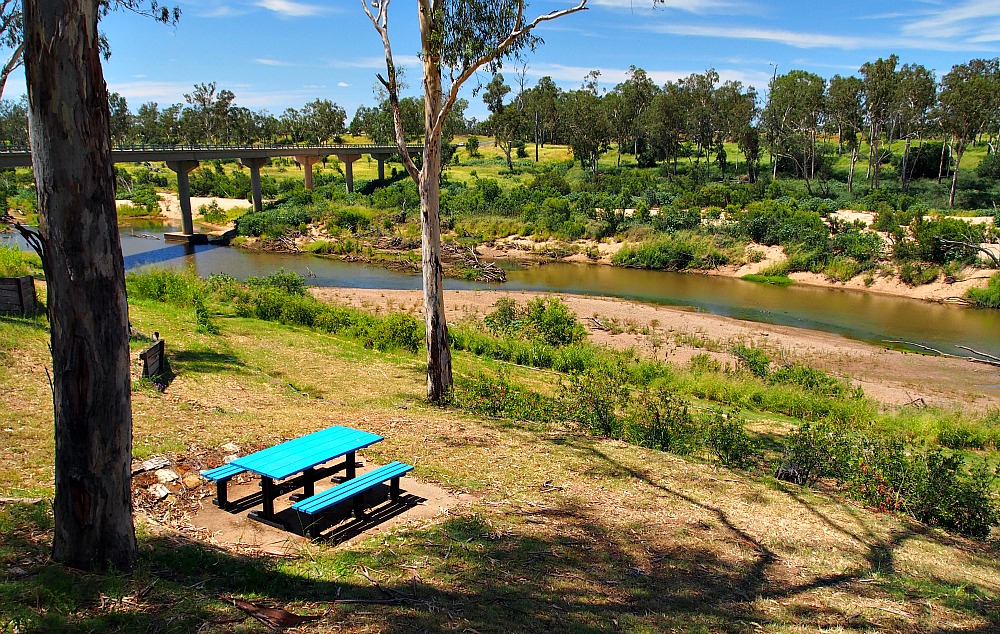
And a pretty one, to boot. We pulled over and found a shady spot for a rest, a snack of macadamia nuts and dried cranberries, and a marvelous view of the water.
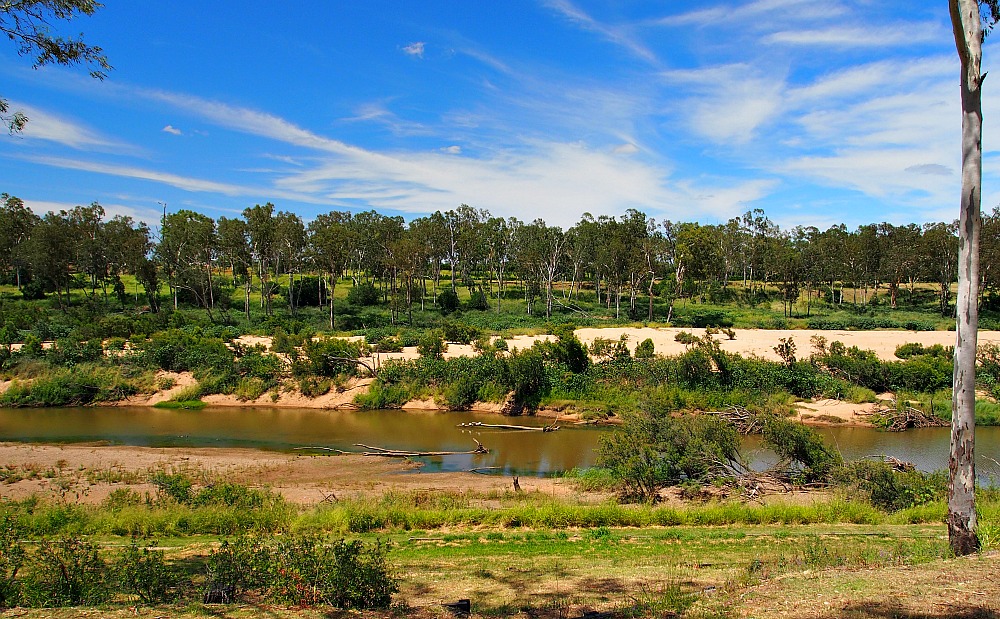
I wandered along the banks, imagining how lovely it would be to canoe down this waterway, stopping for picnics on the sandy shore.
It was peaceful and quiet during our sojourn, but in 1942 Burnett River flooded to a depth of 23.6 metres (over 77 feet!!). I can’t even imagine what a terrifying yet awe-inspiring sight that must have been.
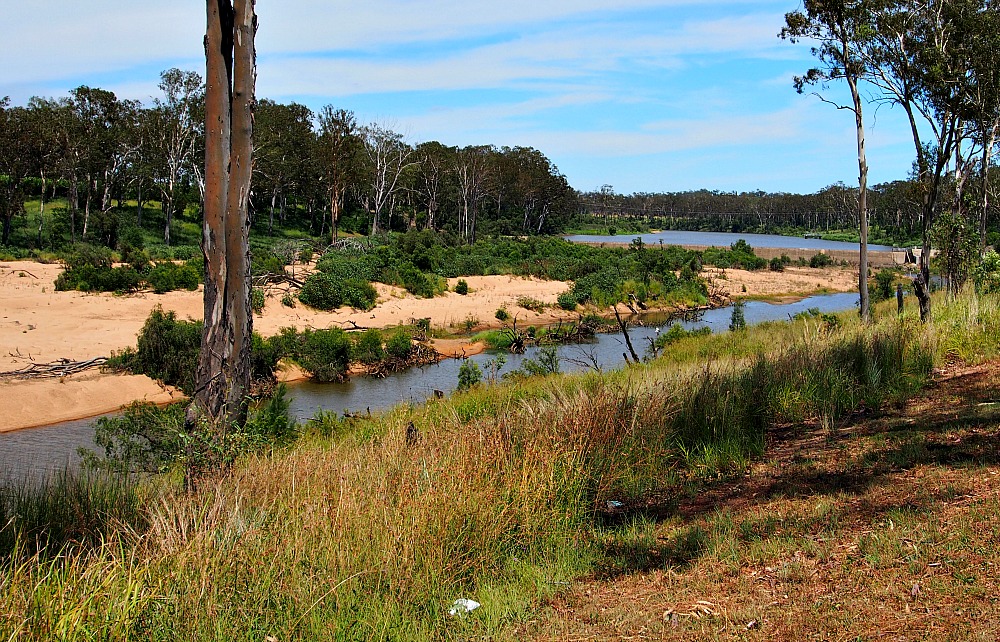
Once known for its butter factory, Mundubbera is now a hub of citrus production, and boasts a gigantic mandarin statue to celebrate its claim as the citrus capital of Queensland.
Past Mundubbera the landscape turns from dense bush to rolling hills. A pretty drive takes you from one village to another, but it was this fellow that made us stop in the tiny village of Mulgildie.
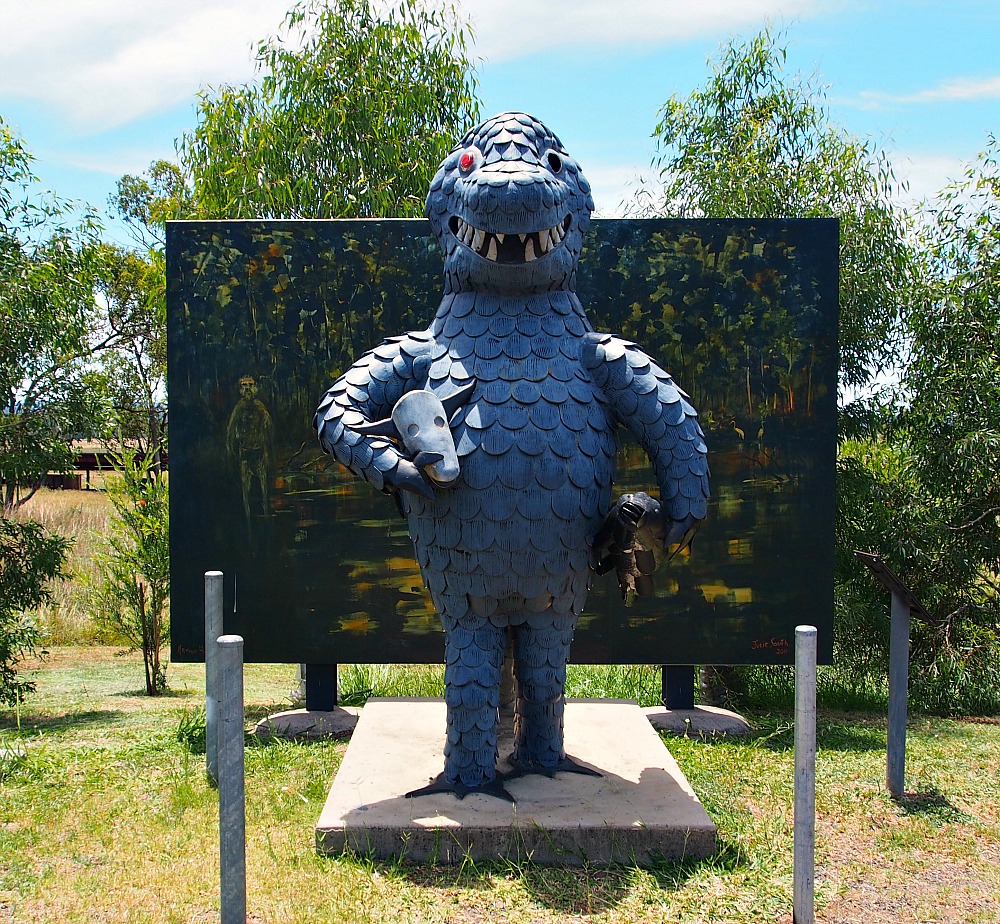
I’d heard tales of bunyips since my arrival in Australia four years ago, but this was the first time I’d seen one.
Aboriginals describe bunyips as fearsome monsters that inhabit swamps, billabongs, and waterholes, and lay in wait at night to devour any animal or person lurking nearby, particularly women and children. The legend also holds that the bunyip was an aggressive hairy animal with supernatural powers that warned its victims of their imminent doom with terrifying howls.
While some dismiss the stories as mythological, others believe the bunyip could be an undiscovered creature or one of two prehistoric animals, the diprotodon or the procoptodon, a giant kangaroo that weighed over 500 pounds.
Regardless, you can try to catch a glimpse of one by visiting the legendary Bunyip Hole just ten minutes from Mulgildie. Over the years, tales have emerged of strange noises, bubbling, churning water in the hole, and of cattle disappearing into the depths as they drank. Known as ‘Devil Devil’ country, drovers and Aboriginal tribes alike could not be persuaded to camp near the Bunyip Hole.
Some Aboriginal Elders believe the Bunyip Hole is connected to a vast network of underground caverns passing Tellebang Mountain and stretching as far as Ban Ban Springs. Perhaps the bunyips are still traversing their underground waterways.
Leaving behind tales of female-devouring monsters, we pressed ever northward then decided to veer off to Cania Gorge, a place we knew little about but hoped would be worth visiting.
Was it ever!
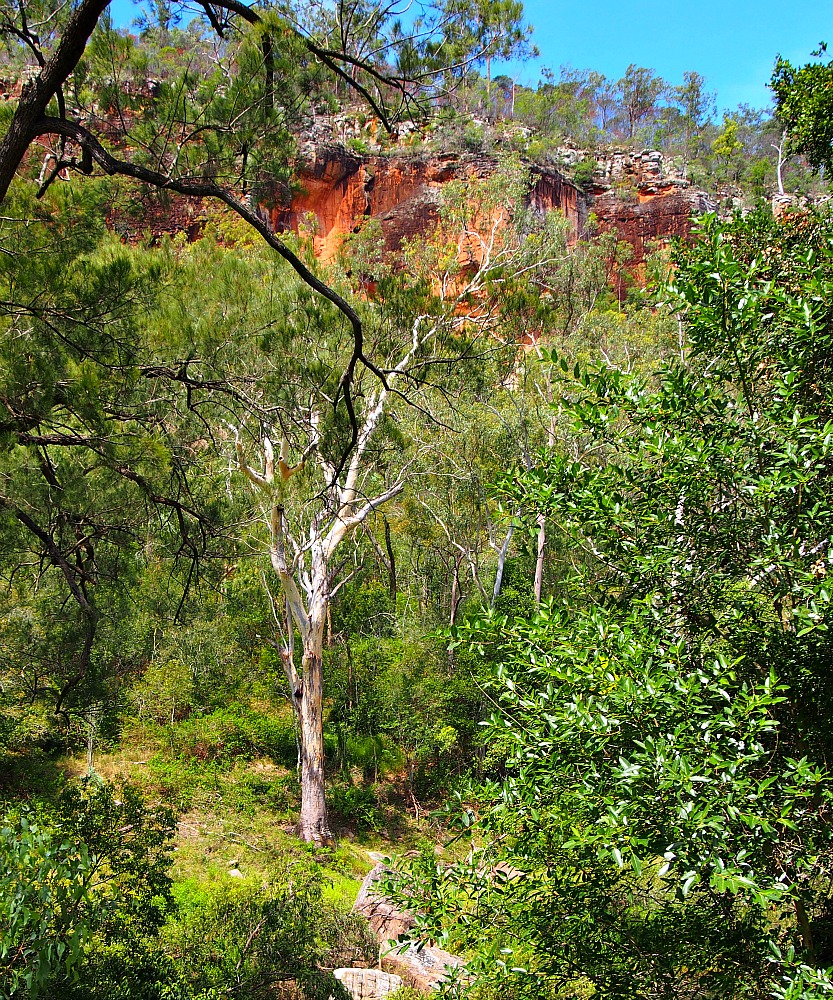
Cania Gorge National Park is 3000 hectares of sandstone cliffs, cool caves, and dry rainforest filled with orchids, figs, kangaroos, rock wallabies, and over 100 species of birds.
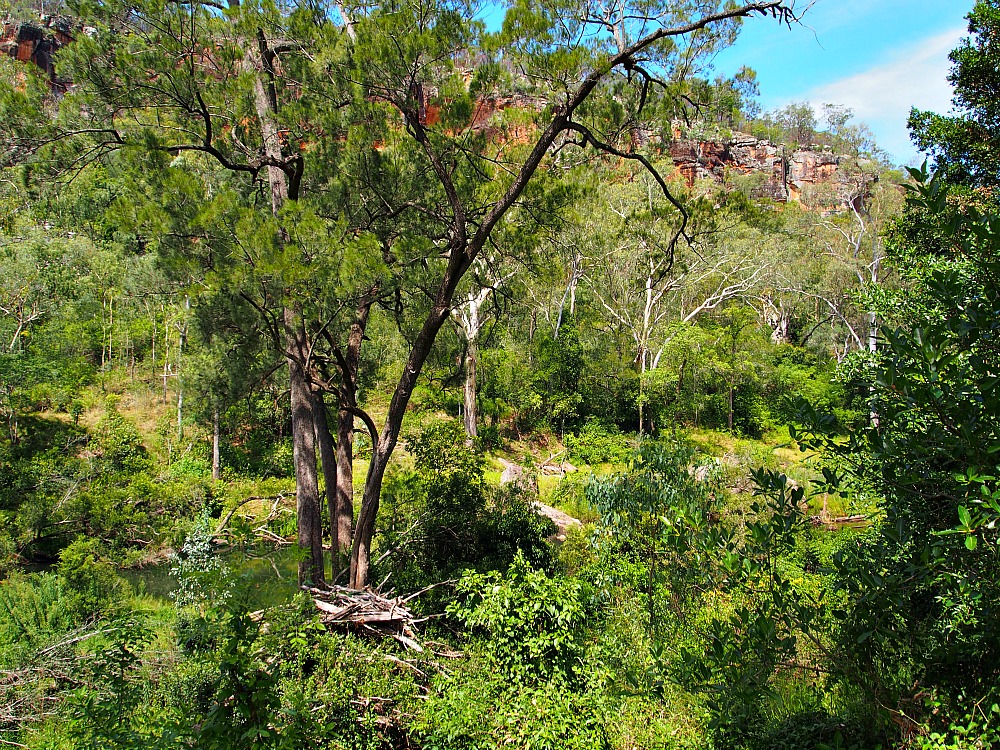
It’s also dotted with my favorite gum trees, those pale, sinewy ones that glow in the moonlight and are known as Ghost Gums. I think they look so lovely etched against the lush green of the gorge and vivid red of the cliffs.
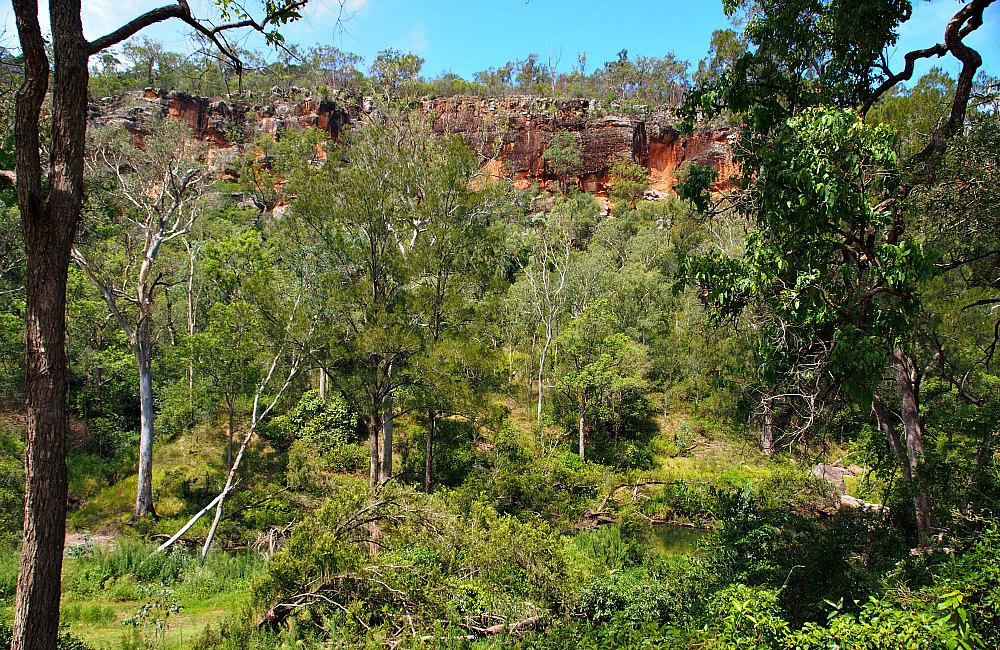
It is rather warmish in the gorge in the middle of summer, so we donned our hats and stuck to the shade as much as possible as we went for a walk.
We spotted flowering vines and emerald green pools of water, heard birds chattering away in the tree tops and gazed up in awe at the craggy cliffs.
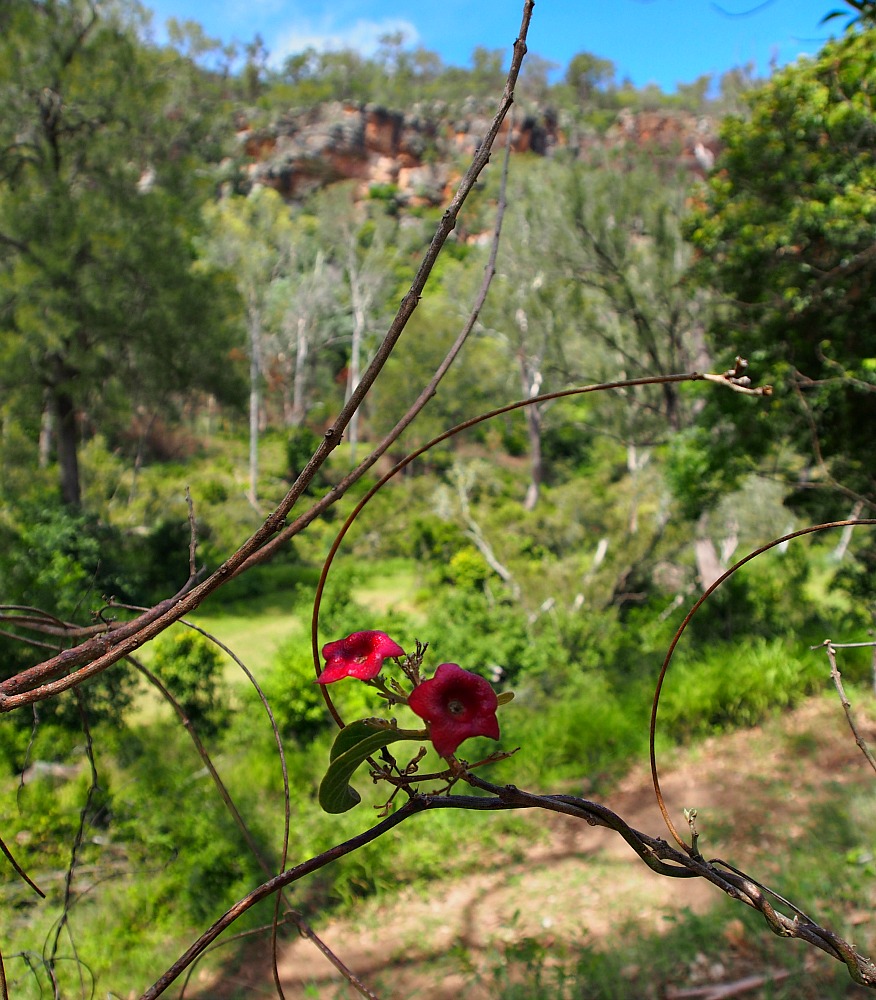
One day I’d love to return for a few days and explore the sandstone caves and take a dip in Lake Cania, but I was glad for even a short time spent in such a beautiful place.
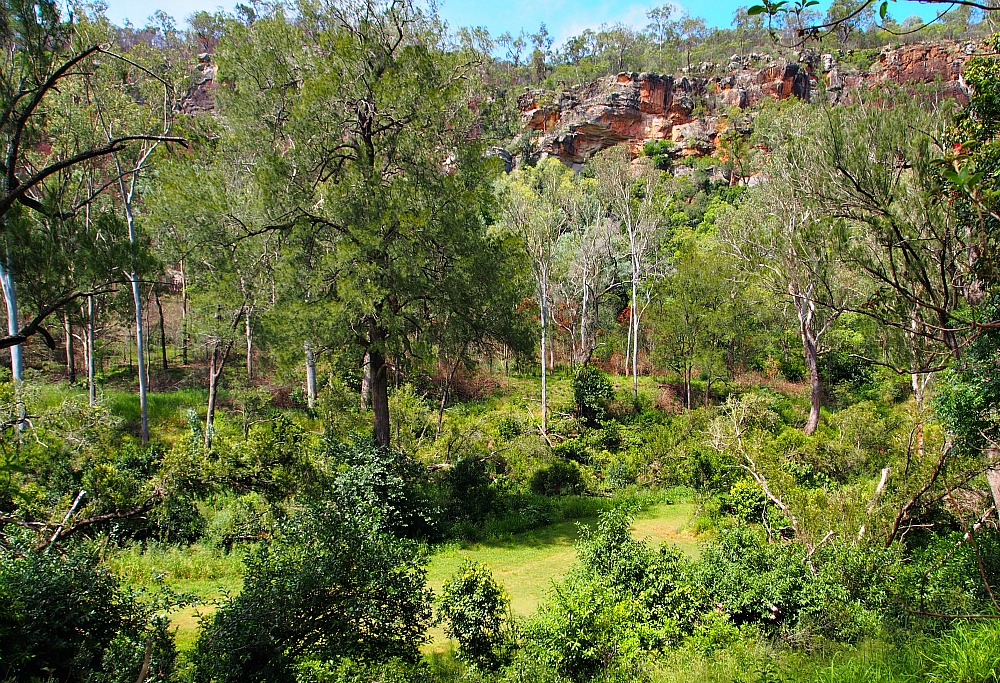
We hopped back in the van, cranked up the air con, and continued on our way.
We couldn’t pass up a stop at this splendid little market stall in the quirky town of Moonford. Sue treated us to a big ol’ watermelon – the quintessential food of summer.
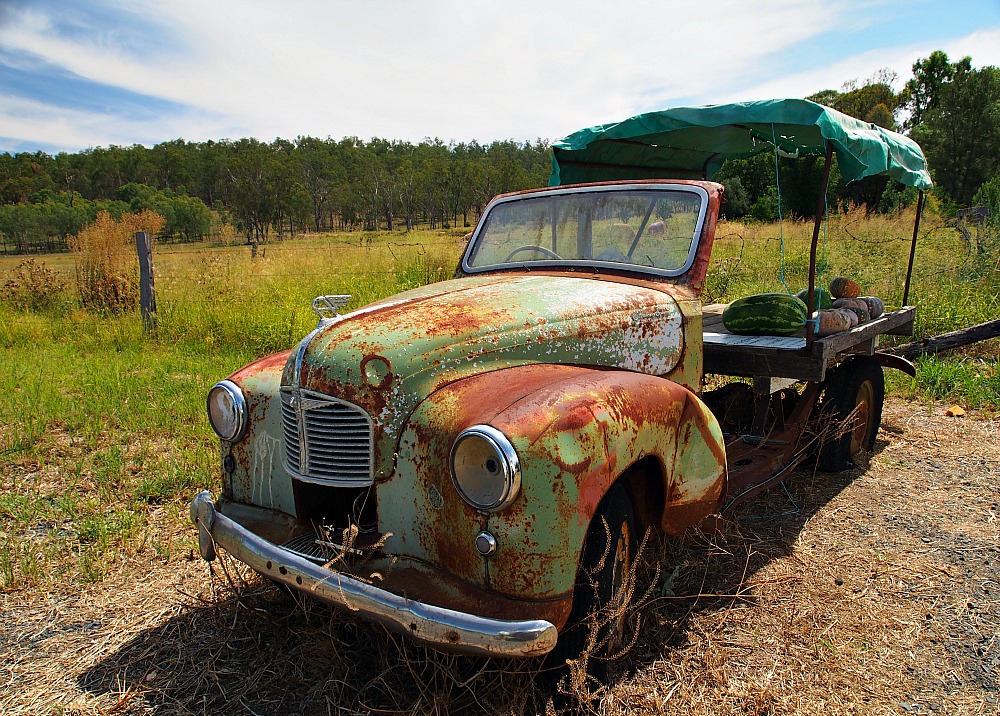
Thus equipped we continued north, getting closer to Dangama Mungar, the Talking Mountain.
Do you have legends of mythical creatures in your part of the world? xo

by Krista | Feb 4, 2016 | Summer
As I Sue and I left gorgeous Jimbour House, we bid farewell to its lush gardens and lavish buildings and motored down the road past endless fields and tiny villages, keeping a weather eye open for a place to stay the night.
We’d decided beforehand not to limit ourselves with reservations or pre-planned stops, so finding a place to pitch my tent each day was always a bit of an adventure.
So far we’d been lucky, finding a wonderful camping spot in the Bunya Mountains with access to unlimited hot showers. (Is there anything better whilst camping than a hot shower?)
As the sun sank lower and our road led us down increasingly uninhabited stretches, we started to get a wee bit nervous. We drove onward, hoping for a campsite yet contemplated just parking under a sturdy tree for the night before it got too dark.
Then I spotted a sign for heritage listed Boondooma Homestead. We didn’t know what it might be – a museum? A restaurant? An empty site where something important used to be? But we decided to give it a go.
What a delight it turned out to be.
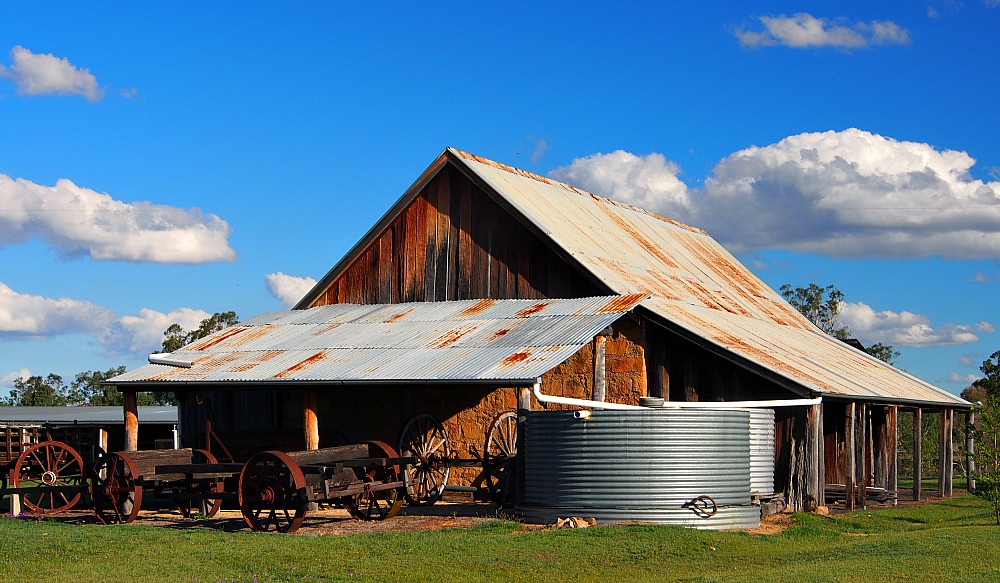
Boondooma Homestead is actually Boondooma Homestead Museum and Heritage Complex. It is a quirky yet interesting hodgepodge of heritage buildings and a range of accommodation from cabins and camping to a caravan park. There are hot showers (yay!) and clean bathrooms, acres of space to wander through, and friendly hosts who welcome everyone for nibbles and drinks each evening.
Heritage-listed Boondooma Homestead was the center of the original Boondooma Station, which was settled in 1846 by three young Scotsmen. They brought in sheep to provide an income of tallow and wool, and shepherds from Germany and China to keep the flocks safe.
Being so isolated, Boondooma relied on supplies brought in by wagon twice a year and stored in the Stone Store pictured below.
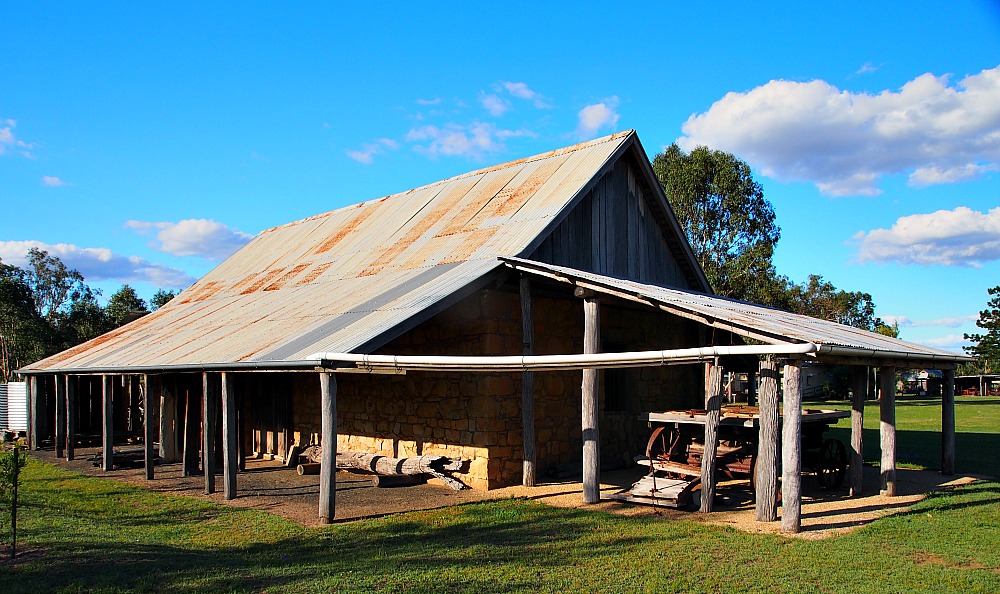
The Stone Store was built to store and dispense supplies to the Station workers, and later to local settlers until 1922.
You can take a guided tour of Boondooma Homestead, and explore many old buildings such as the post office (1850), original shepherd’s hut (1861), cool shed, and the original homestead that was completed in 1855. You can also participate in several events throughout the year including Spirit of the Bush, a heritage weekend and balladeers muster, and Scots in the Bush, a celebration of the Scottish people who opened up so much of Australia.
We, however, were happy to simply set up camp and enjoy a good visit, a glass of wine, and the stunning views of trees and fields.
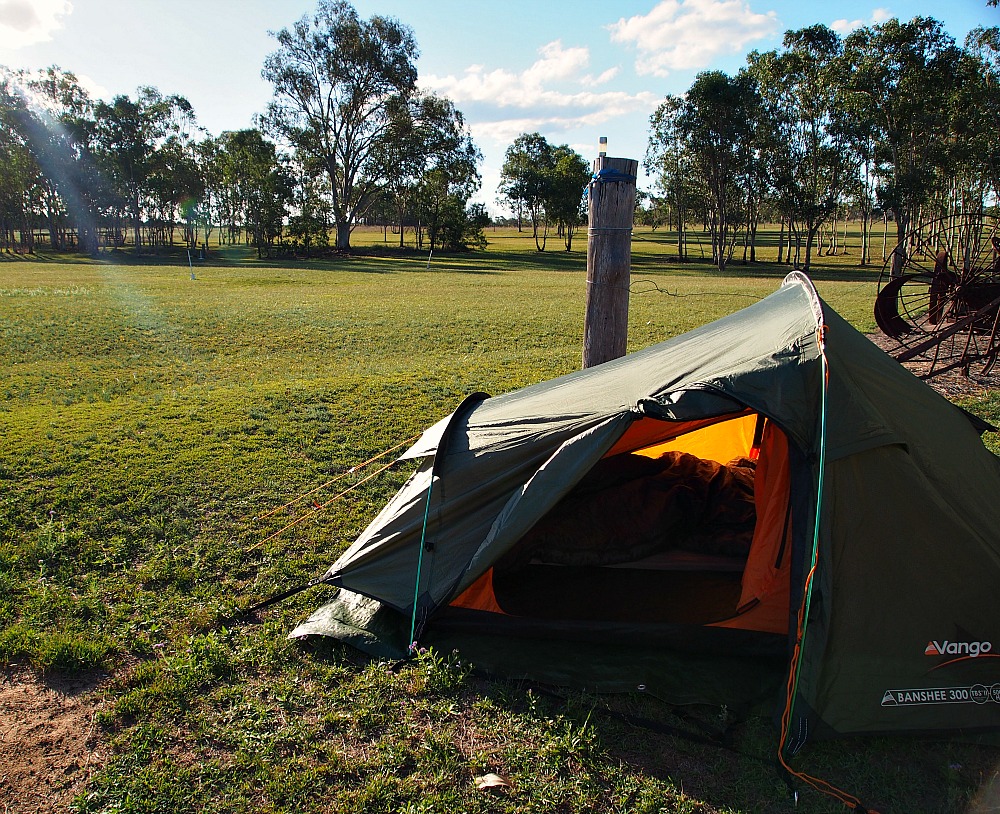
I didn’t get to enjoy the facilities as much as I normally would since I had an epic bout of heatstroke thanks to way too much sun during the day. I’d forgotten that in Australia, even when it’s lovely and cool (in the Bunya Mountains), the sun is fierce and will knock a Canadian girl flat if she’s not careful.
So I guzzled water, had a lovely sleep, and woke to this view the next morning.
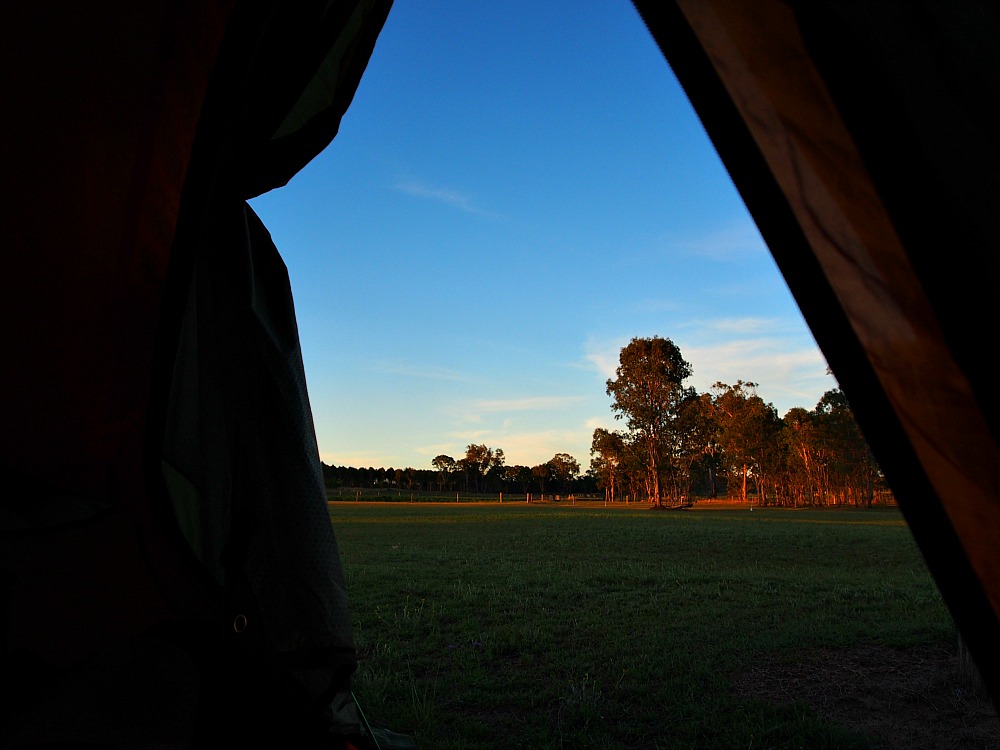
We were amazed at the peace and quiet of the place, and the utter absence of flies and mosquitoes. It was marvelous.
We had a leisurely morning, reading our books while we sipped our coffees and watched the sunrise.
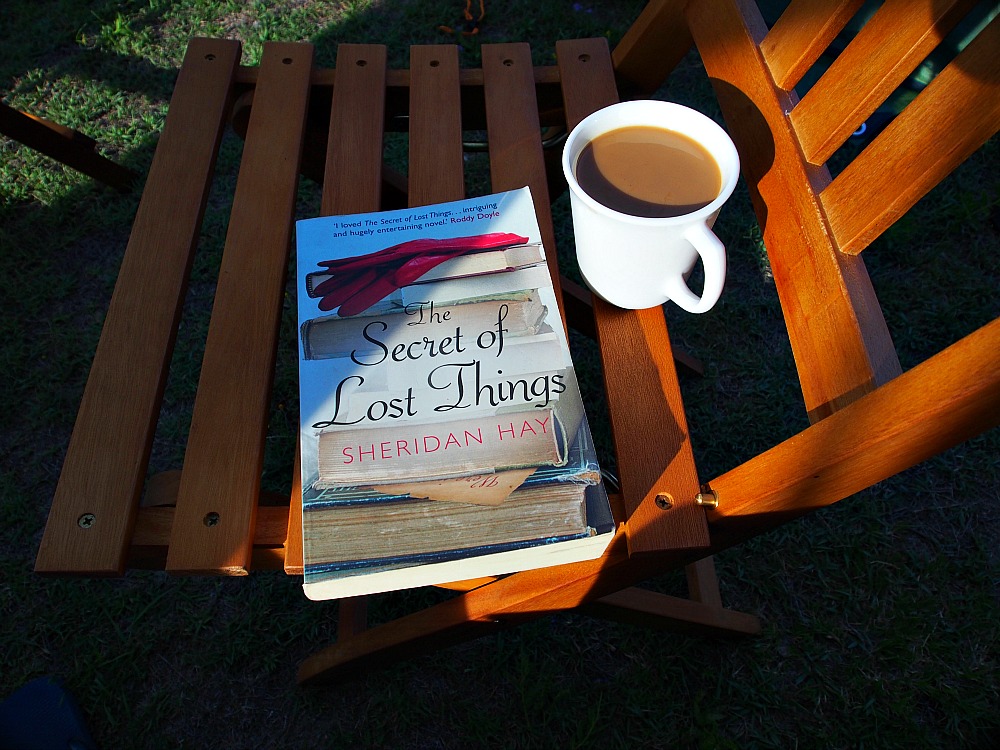
We had those blissful hot showers then sat down to the dinner I was too ill for the night before. I’ve never had gnocchi for breakfast before, but it was splendid, especially with a fresh tomato sauce, fresh basil, and a couple of crispy roasted sausages.
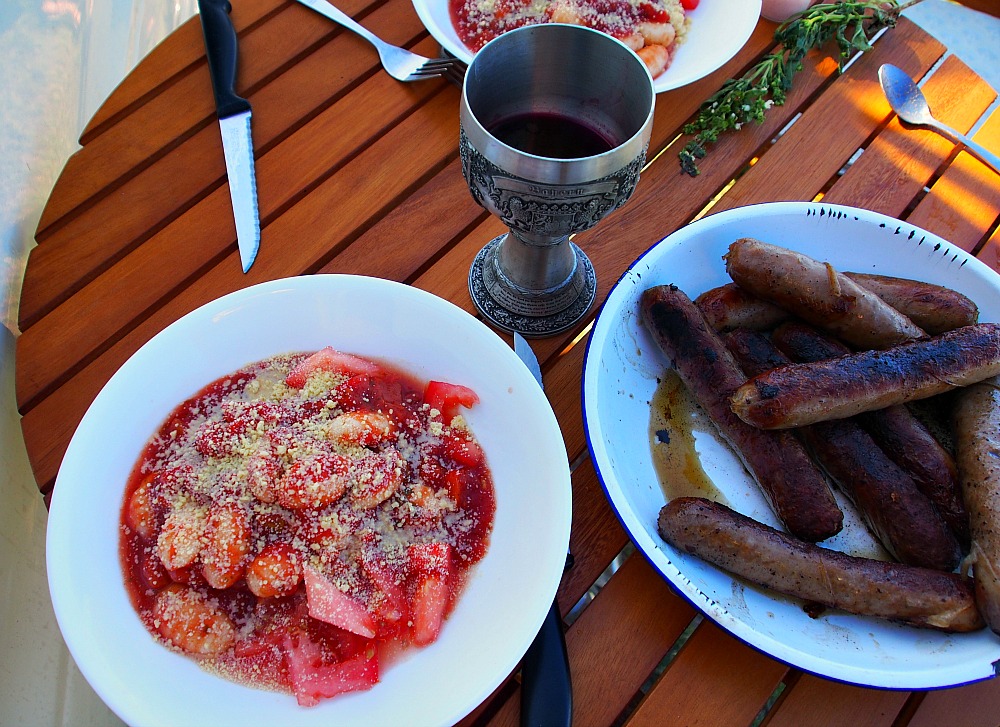
What a difference a good sleep and some good food makes. Heatstroke was a (mostly) distant memory, and I was ready for our next adventure.
What is your favorite camping breakfast? xo

by Krista | Feb 2, 2016 | Summer
Entering the gates of Jimbour House is like stepping into the setting for a fairy tale.
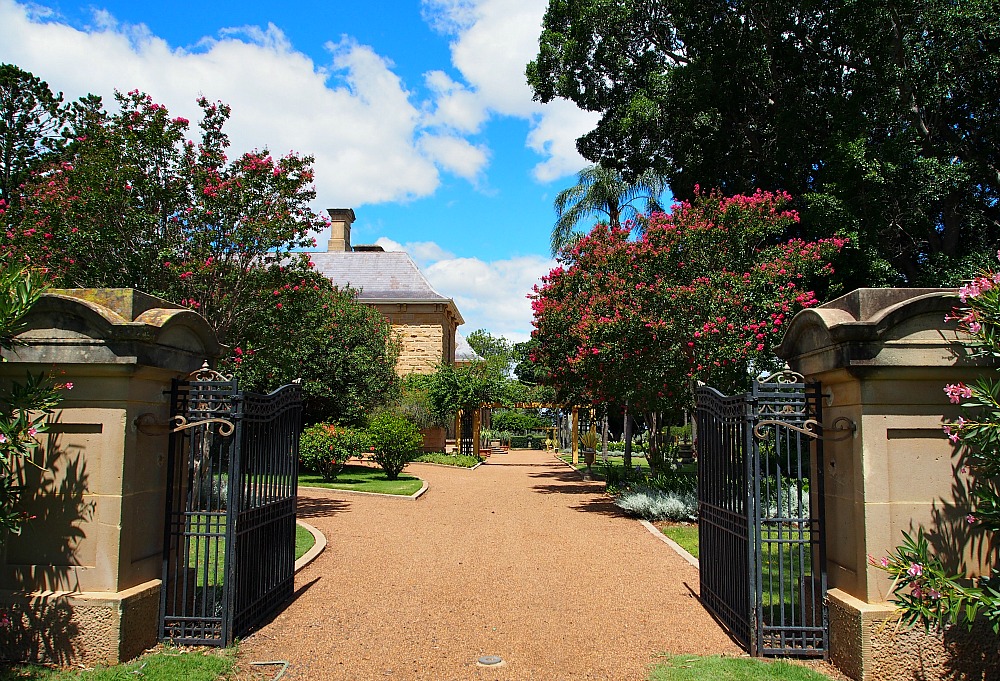
Gone are the sun-baked fields and humble farmhouses of rural Queensland. Instead, my friend Sue and I found ourselves in a oasis of beauty and peace, where birds sang and warm wind blew through the tree tops.
Last time I showed you the front of Jimbour House and the wonderful kitchen garden. Today we’re ducking around the side of the house to explore the back.
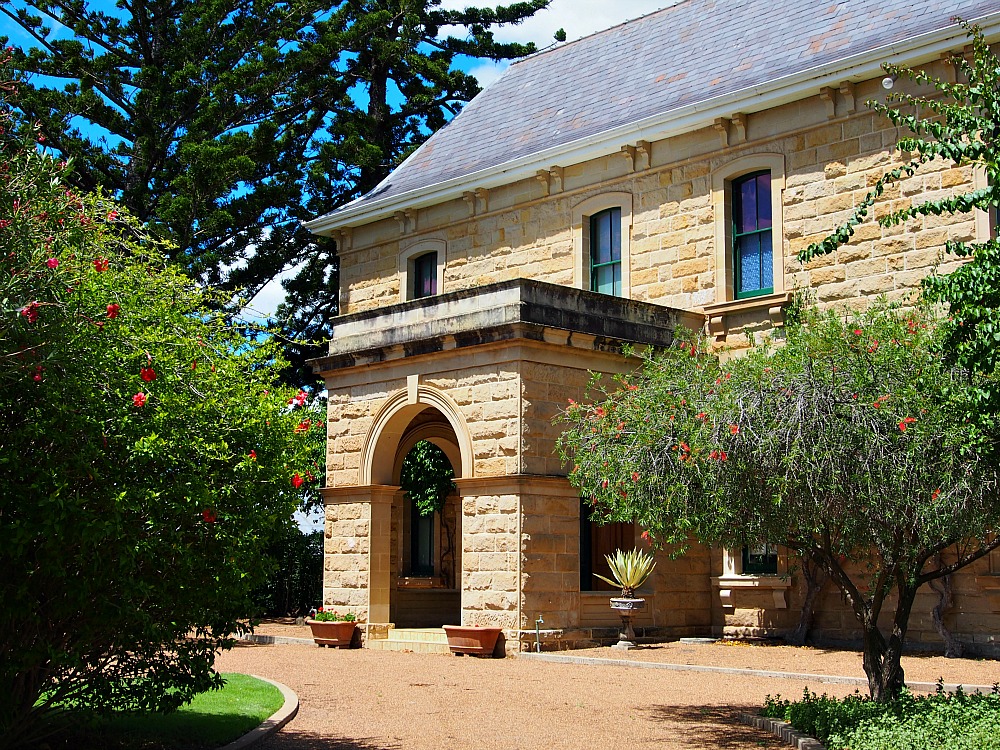
To get to the back of the property you can slip around the corner of the house (see above) or, like us, get there at your leisure by wandering through the kitchen garden, across expansive lawns, and under wondrous old trees that provide the most exquisite shade.
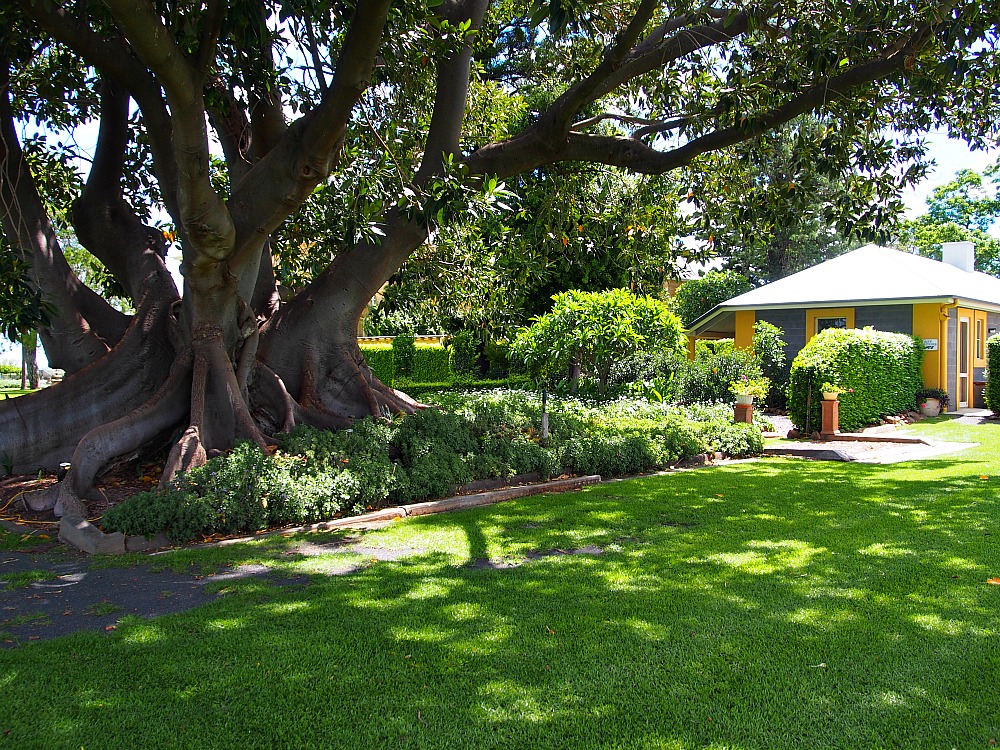
The back of the property is a bit like a museum with lovely old restored barns and stables and even an airplane hanger. Placards bear all sorts of fascinating tidbits about the personalities who lived, worked, and visited Jimbour House over the past 100+ years.
I liked learning about an amazing woman named Nancy Bird-Walton.
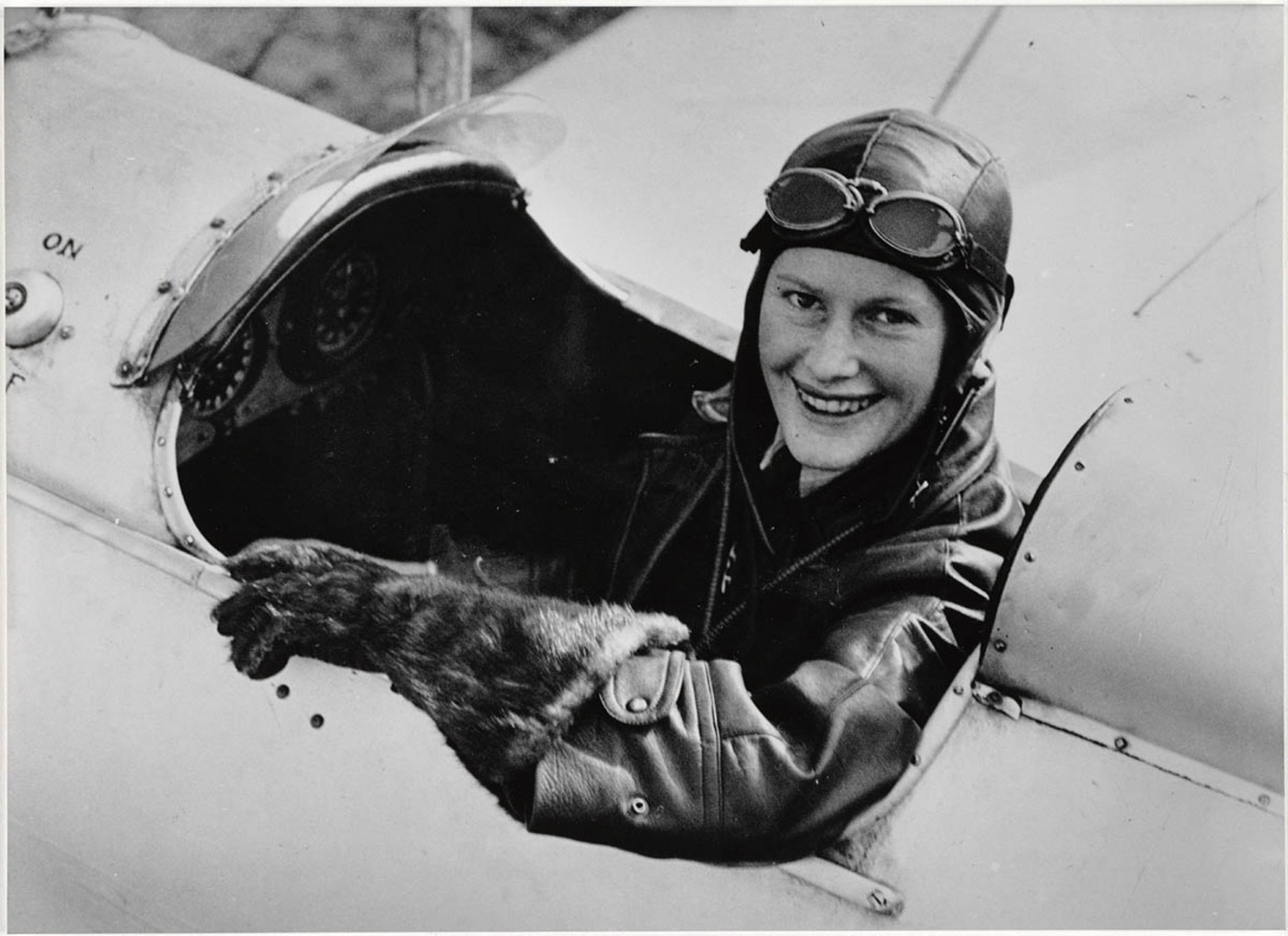
Born 1915, Nancy was a fully qualified pilot by the age of 19. She went from being the youngest commercial licensed woman pilot in the British Commonwealth to becoming Australia’s “First Lady of aviation” in the 1970s. She became known as “Angel of the Outback” for her work with the Royal Flying Doctor Service and received an OBE in 1966. In 1977 she became a Dame of St John (Knights of Malta).
In 1936 she flew over rising floodwaters and rescued a man named Charles Russell who, upon seeing her, exclaimed, “My God! It’s a Woman!”.
And what a woman.
Past the barns and hanger lies the Bluestone Building.
Built in 1868, it was originally a two-story edifice with southern verandas on both levels. It served as the Bell family residence until the present Jimbour House was completed in 1877. Now the Bluestone Building is a single story structure used as staff quarters. I think it’s marvelous.
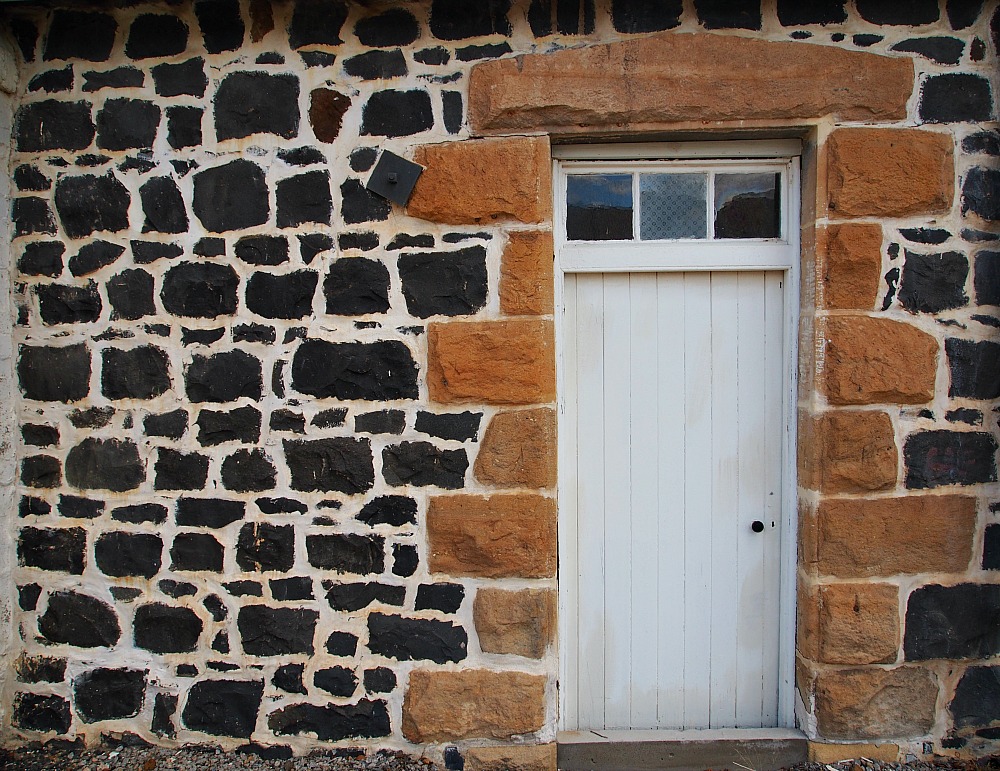
For awhile Sue and I wondered if we’d be able to see the back gardens of Jimbour House. Each entrance thus far had been guarded with Staff Only signs. But as we rounded the corner of the Bluestone Building, an unobstructed path finally led us inside.
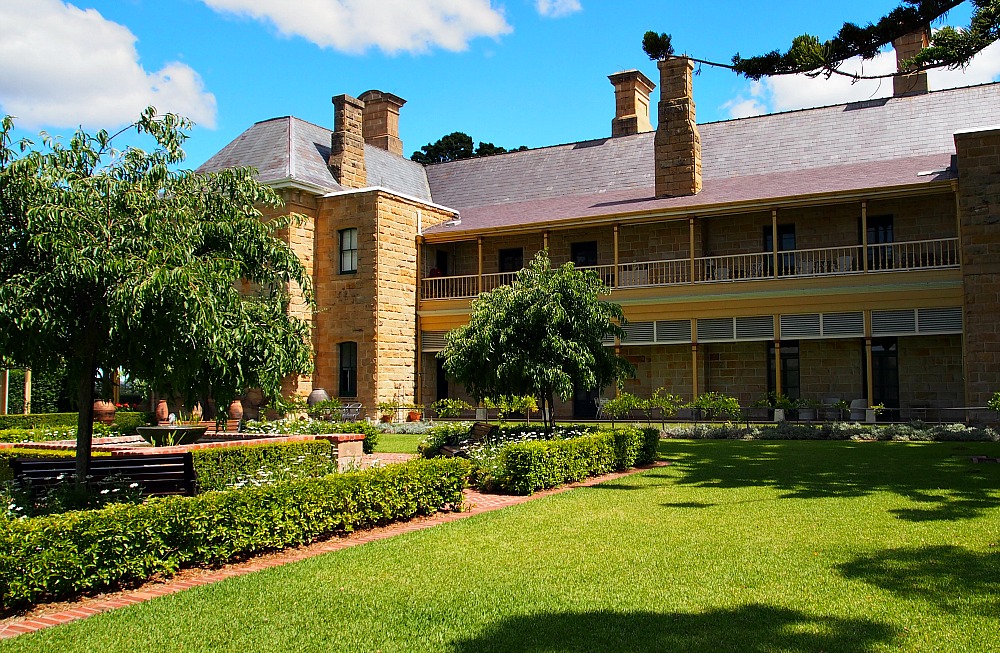
It is a lovely spot, secluded by hedges and towering trees with a delightful mix of shady and sunny spots.
Once again we were amazed at how much of it had a European feel.
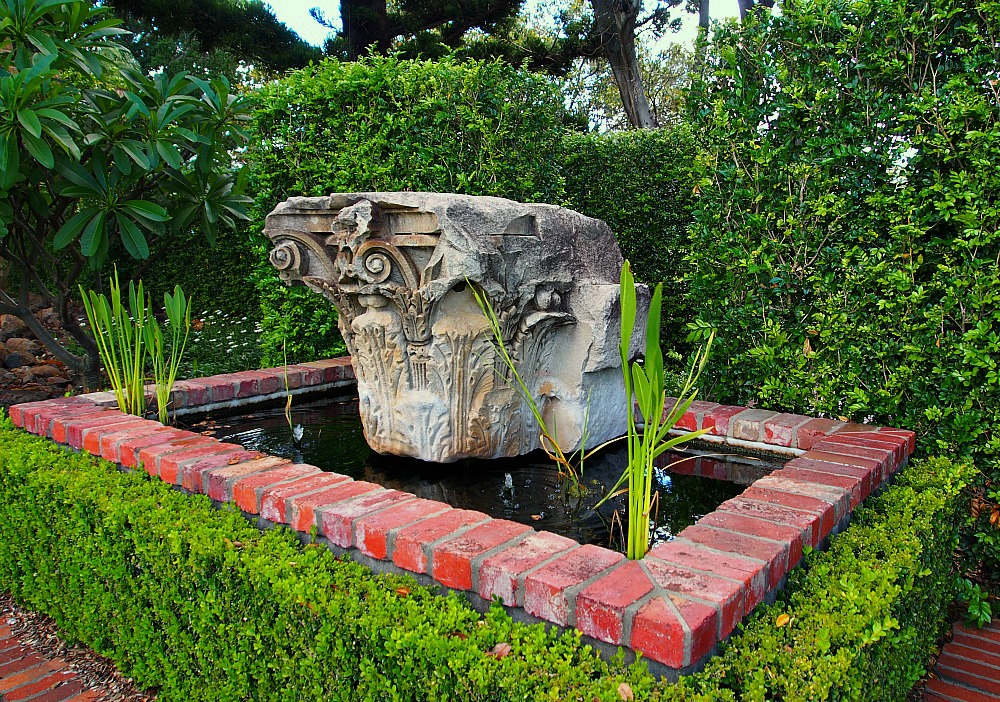
Doesn’t this shady corner look like a scene out of Italy?
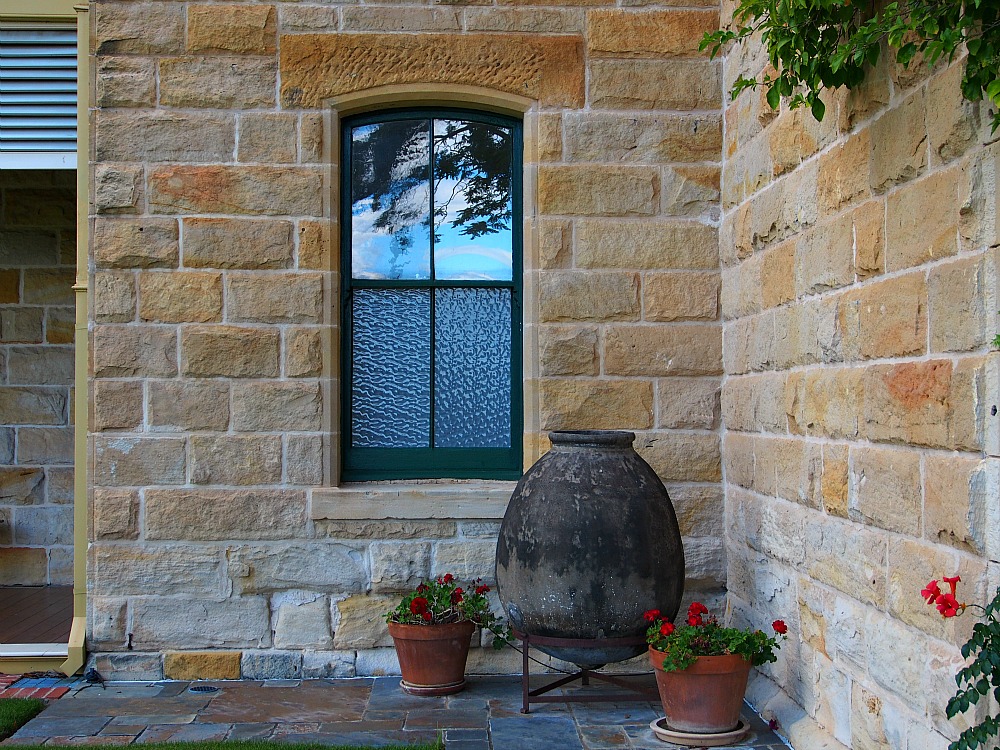
The verandas are broad and wide and deliciously shady, positioned beautifully to catch the cooling breezes blowing in from surrounding fields. I think they must be gorgeous in the morning, flooded with sunlight. I wouldn’t mind one bit sitting out there with my coffee and a good book.
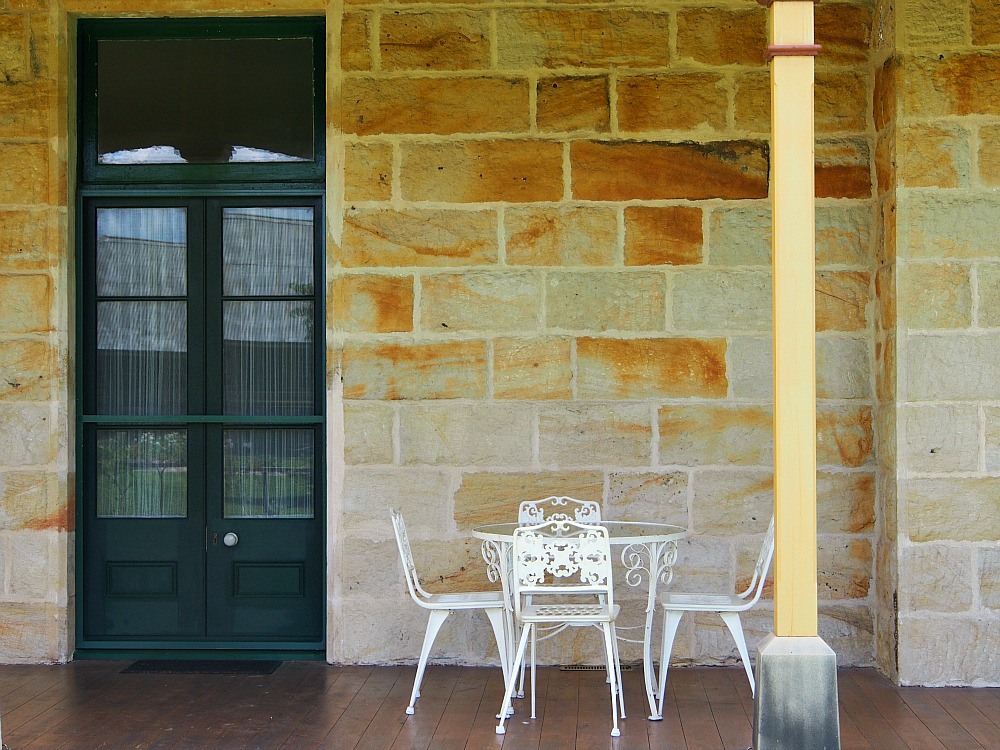
Off to the left is another Italian-esque vignette. I love those clambering vines and topsy-turvy urns.
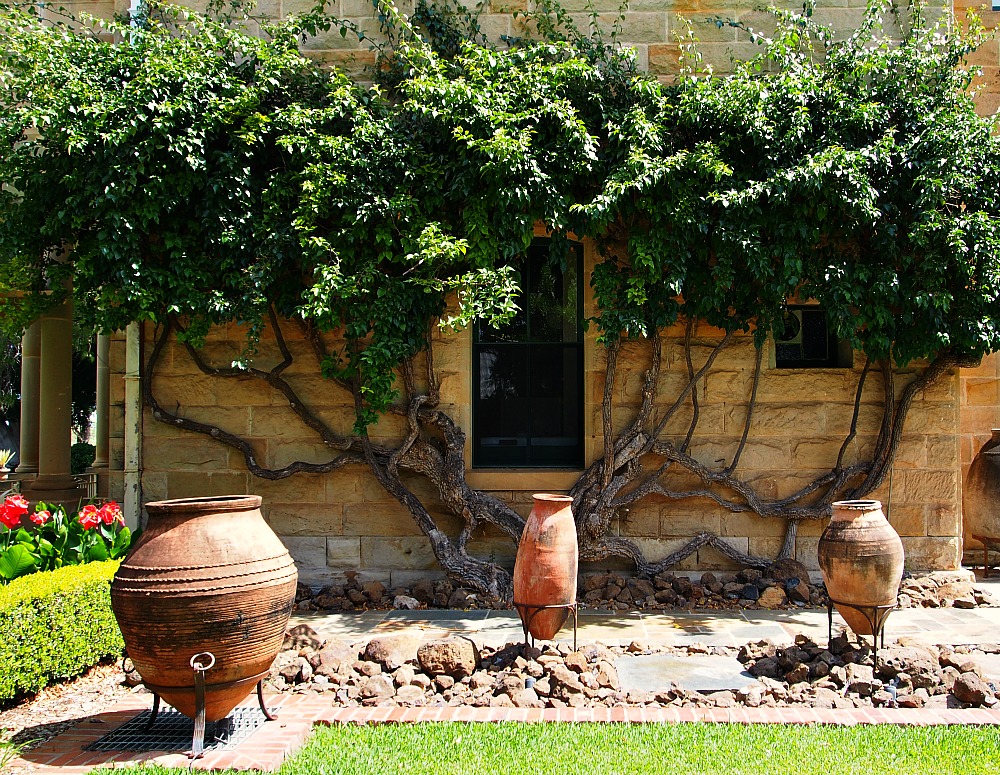
In the center of the yard is a fountain with benches in four corners. No matter one time of day, at least one of them is always in the shade. Such a nice thing in a hot Queensland summer.
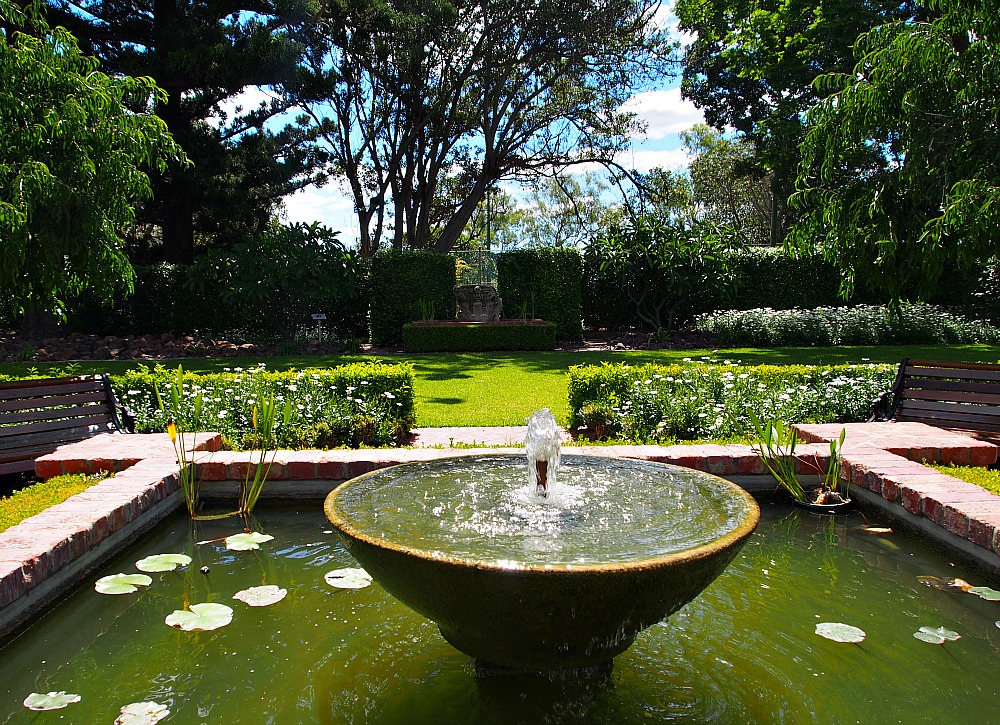
I think this part of the garden must be especially nice on a winter afternoon, the bricks reflecting much-needed warmth while the hedges and trees protect from any icy winds that might sneak through.
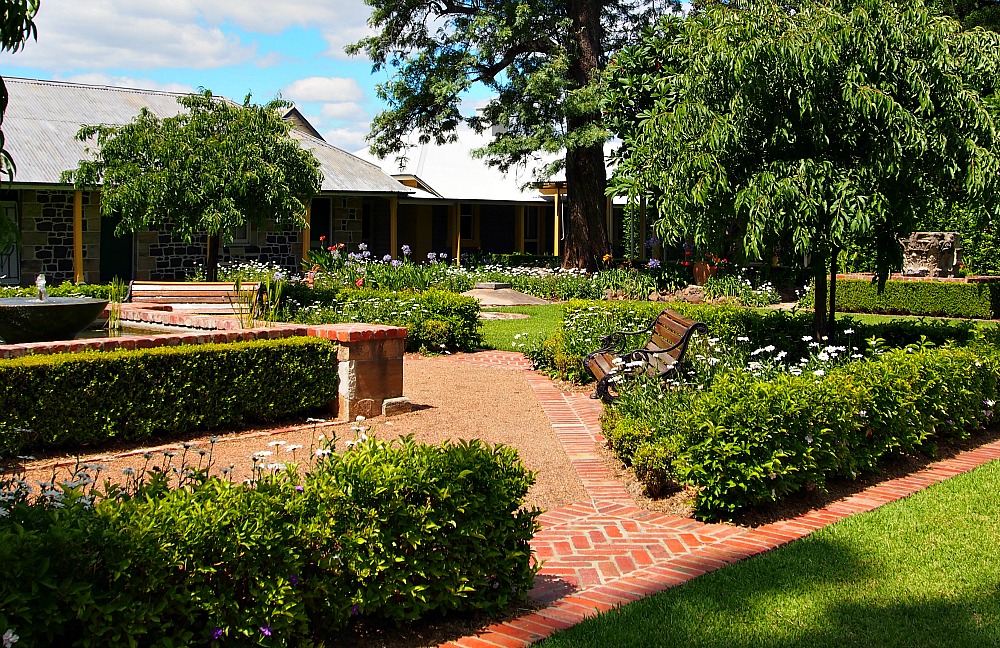
Visiting Jimbour House was a happy accident, the memory of which I will long treasure. It’s definitely a place I will recommend for anyone visiting Southern Queensland.
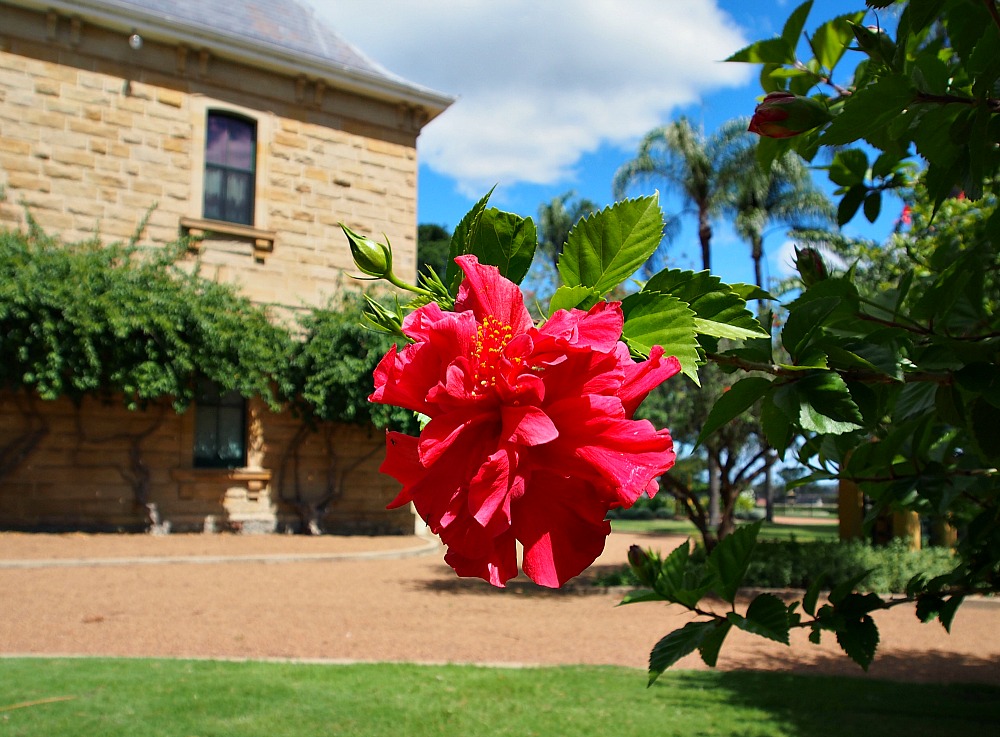
As the sun rose higher, Sue and I bid farewell to that magical place, climbed back in the van, and headed down the road. We found a shady spot at a park and indulged in a roadside picnic lunch of sardines, boiled eggs, fresh tomatoes and cucumbers, an assortment of nuts, ripe peaches, and piping hot cups of tea.
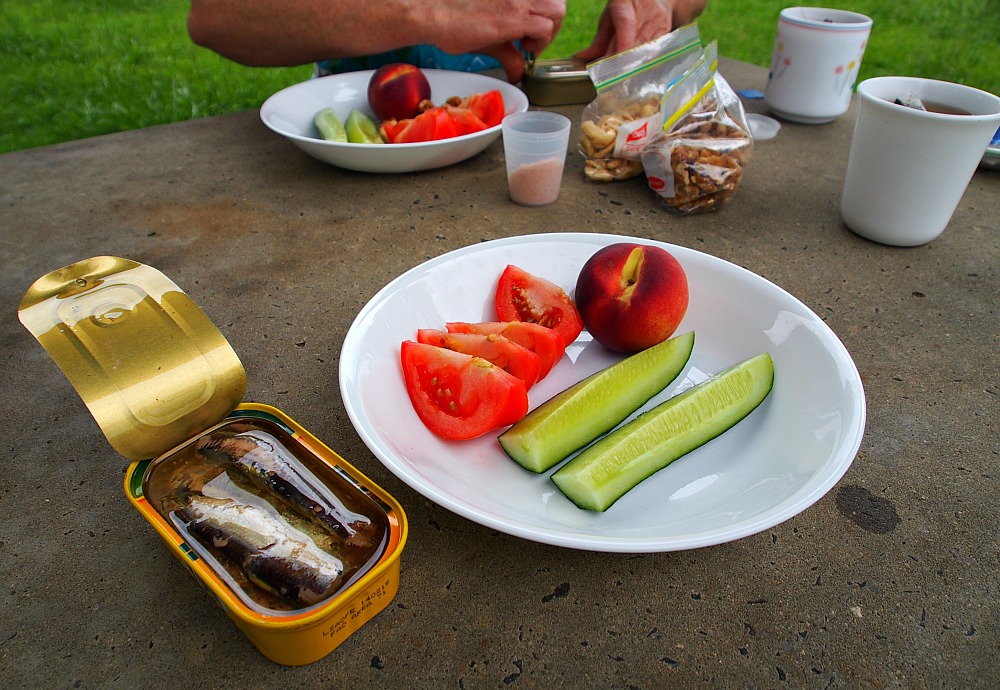
We were ready for the next adventure.
If you were planning a garden, what is one thing you’d like to include? xo

by Krista | Jan 30, 2016 | Summer
When rumbling along dirt roads in the proverbial middle-of-nowhere in Southern Queensland, there are many things you expect to see: isolated homesteads, endless stretches of gum trees, perhaps a few kangaroos or wallabies hopping across an empty field.
You do not, however, expect to see this.
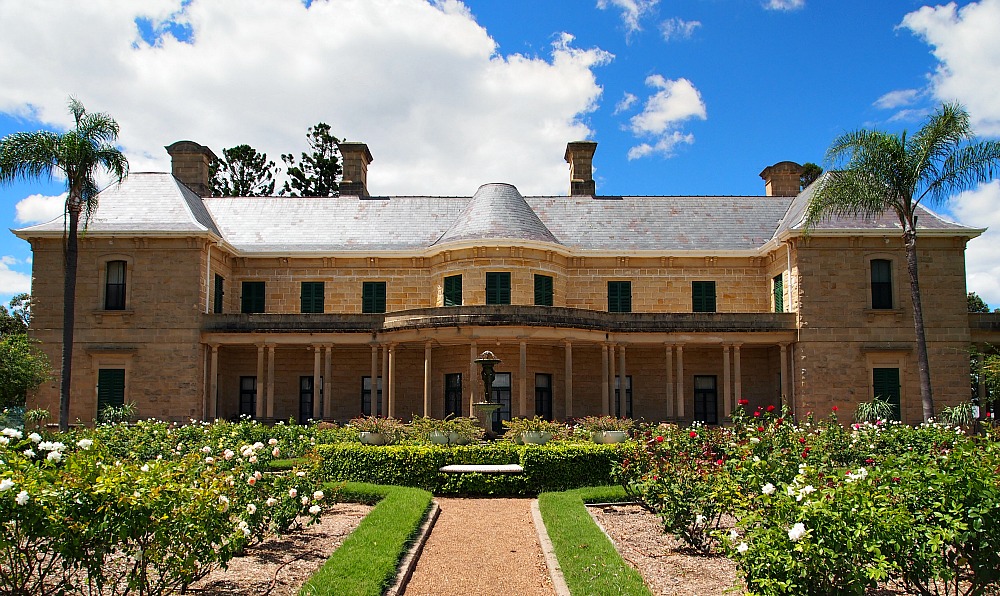
Before Sue and I set out on our 8-day grand adventure exploring Southern Queensland, neither of us had heard of Jimbour House. An hour before we arrived there, we’d still never heard of it. But that’s when detours, mythical springs, and a bit of serendipity came into play.
We had just left our campsite in the gorgeous Bunya Mountains and were luxuriating in sunshine and blue skies as we motored down the road when we saw a sign that read: Boiling Springs Lookout. Always up for a diversion we backed up and turned down the gravel road and wended our way through countryside dotted with Queensland Bottle Trees and grazing cattle.
We finally arrived at our destination which, it must be confessed, was nothing like advertised. There was nary a sign of springs, boiling or otherwise, and the lookout, while pleasant enough, was certainly nothing to write home about.
There was, however, The Longest Man Made Structure In The World.
Also known as the Dingo Barrier Fence.
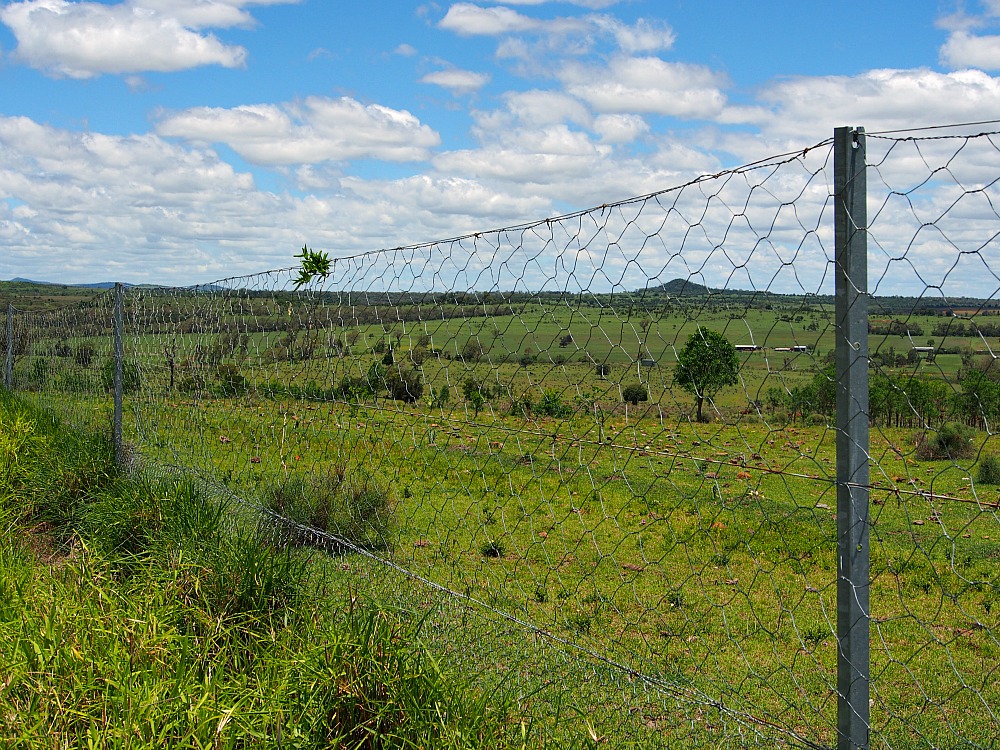
Built to protect livestock from the ravages of wild dogs and dingoes, the Dingo Fence stretches over 2126 km, and, as of 1999, is protecting approximately 4.7 million sheep, 1.2 million cattle, and 15,000 goats.
Constructed using wooden posts, strainers, star pickets, wire, and different types of netting, the Dingo Fence is cleared on both sides to a width of 5 metres. It is maintained by eight teams of men who patrol their section of the fence every single week. Amazing.
Also at Boiling Springs Lookout were two local ladies out for a drive. We shared a good laugh over the not-so-accurate signage and then they insisted that if we really wanted something good to look out, we simply had to visit Jimbour House. They gave us directions down a gravel road and off we went.
Are we ever glad we did.
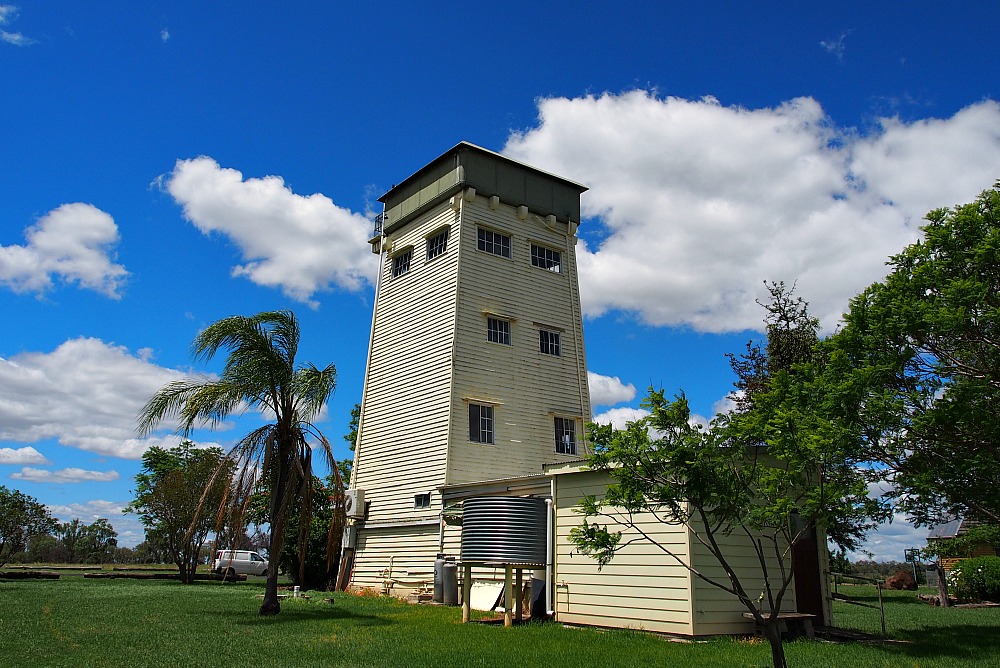
Jimbour Historic Water Tower was built in the 1870’s.
Jimbour Station was developed in 1841 when Englishman Henry Dennis took up the property for pioneer owner, Richard Scougall, a Scotsman who’d arrived in Australia in 1832. Dennis established 11,000 sheep and 700 head of cattle and made Jimbour the first fully stocked station on the Darling Downs.
In its early days, Jimbour stretched over 300,000 acres and was the base from which explorer Ludwig Leichhardt commenced his famous exploration trek across western Queensland and out to the Northern Territory.
That same year, Thomas Bell, an Irishman, purchased the property and registered it as Jimba, said to be the local Aboriginal word for good pastures. Eventually the spelling evolved into Jimbour.
Although the Bell family built up the station by adding two homesteads, their finances took a turn for the worse and while the homestead was kept, the station had to be sold off.
Jimbour fell into disrepair from 1912 until 1923 when it was purchased and renovated by Wilfred Adams Russell and his wife, Millicent. They transformed the place and today it is a thriving property of 11,000 acres devoted to crops, cattle grazing, and wine production. Jimbour House is still owned and maintained by the Russell family, and is a haven for the arts, hosting Opera at Jimbour for the Queensland Music Festival, a biennial state-wide celebration of music and culture.
The road to Jimbour House leads past the historic water tower (see above) and Jimbour Chapel (see below). Isn’t it cute?!
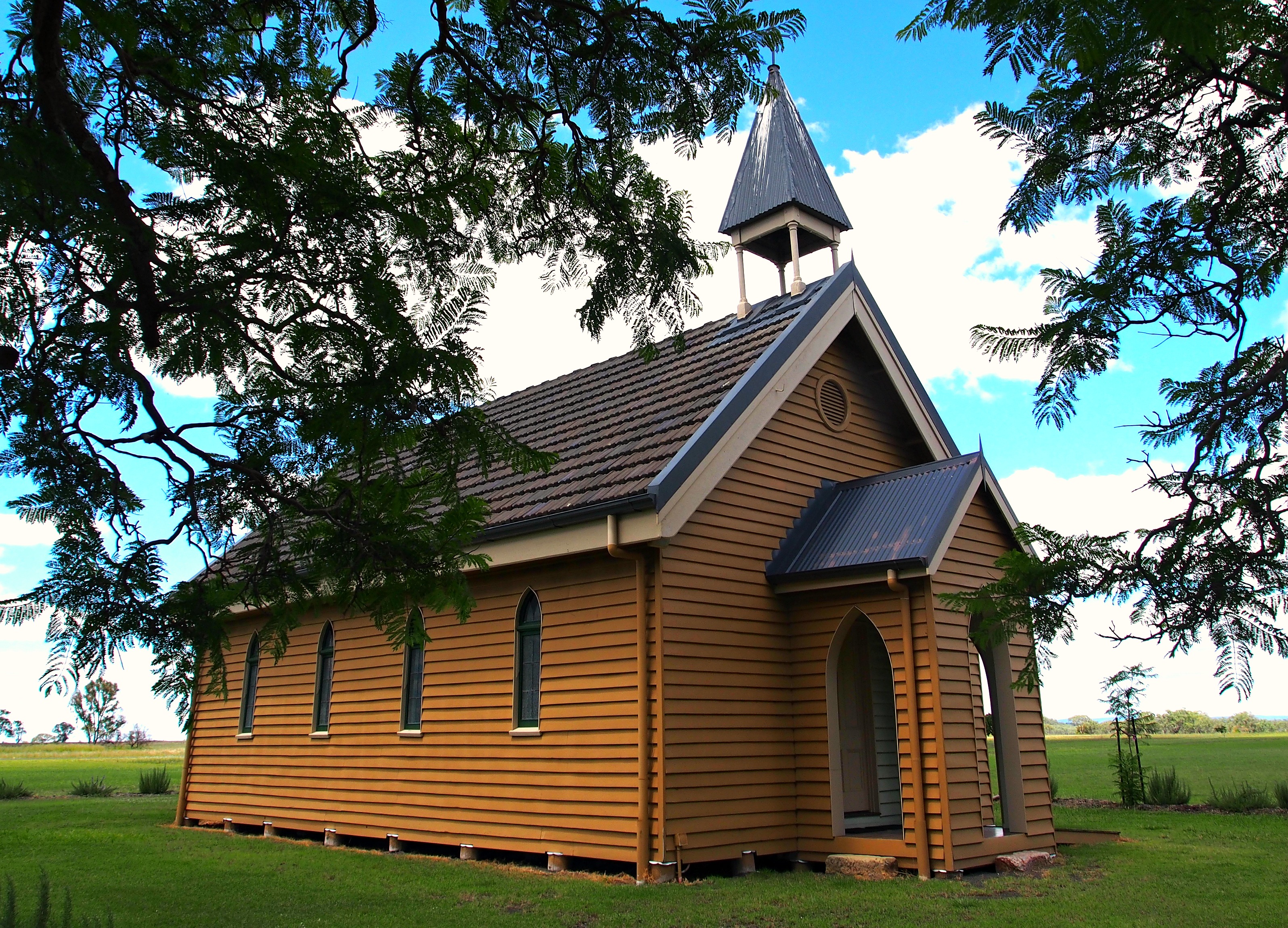
Jimbour Chapel
The chapel was built in 1868 and was known for its “hearty services.” That made me chuckle. It also served as the first Jimbour School (1873) and a cinema in the 1940’s and 50’s.
From there a broad lane lined with Jacarandas and the occasional bottle tree curves up toward the house, and it isn’t until you’re almost upon it that you catch a glimpse of what unexpected beauties are in store.
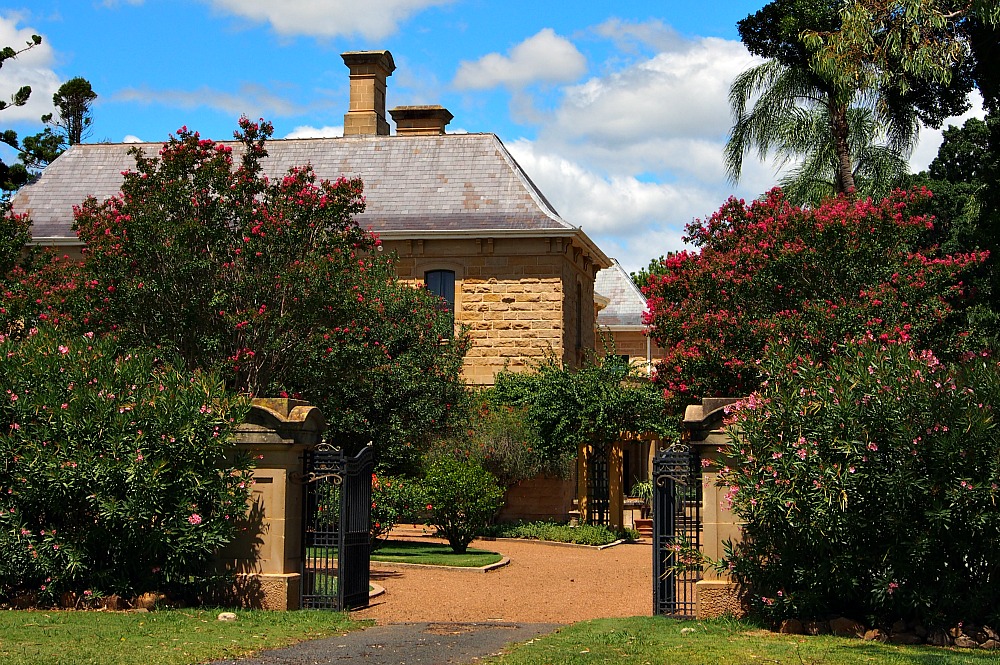
I must confess that at this point Sue and I gaped. Repeatedly. At each other, at the entrance, and back at each other. Both of us are avid travelers and have trekked all over Europe, but neither of us expected to see such an unmistakably European setting in the middle of the Aussie outback.
It was beautifully jarring, and felt as if we’d mistakenly stumbled into a noble house in Italy or France.
We were enchanted.
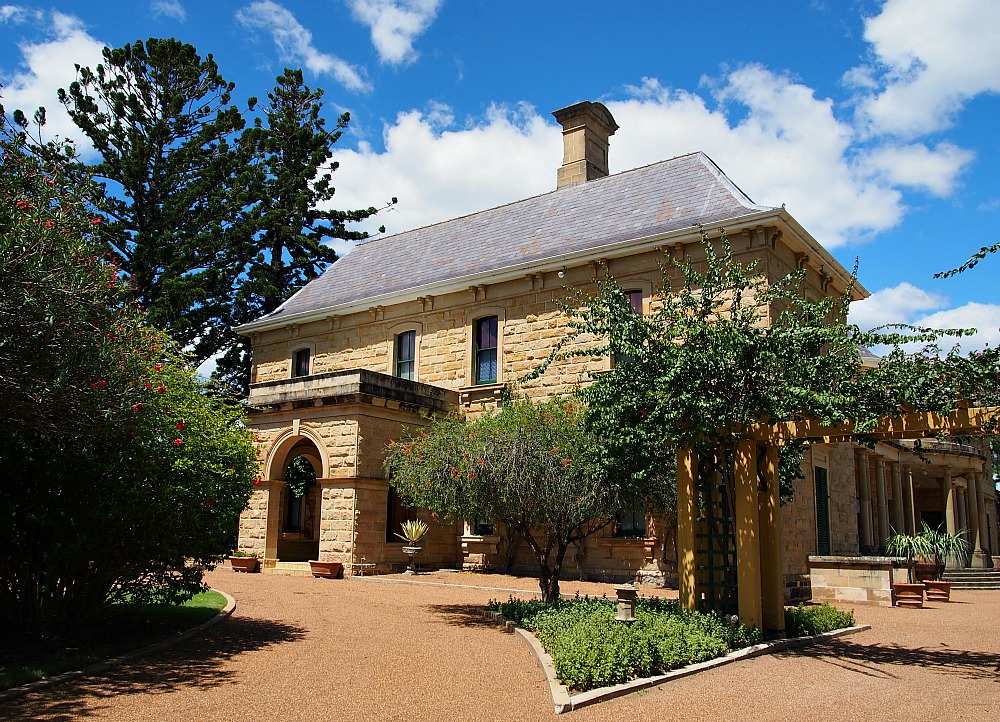
We couldn’t stop smiling as we crunched along wide gravel pathways, craning our necks to look at palm trees and admire the glistening slate roof with its many folds and curves.
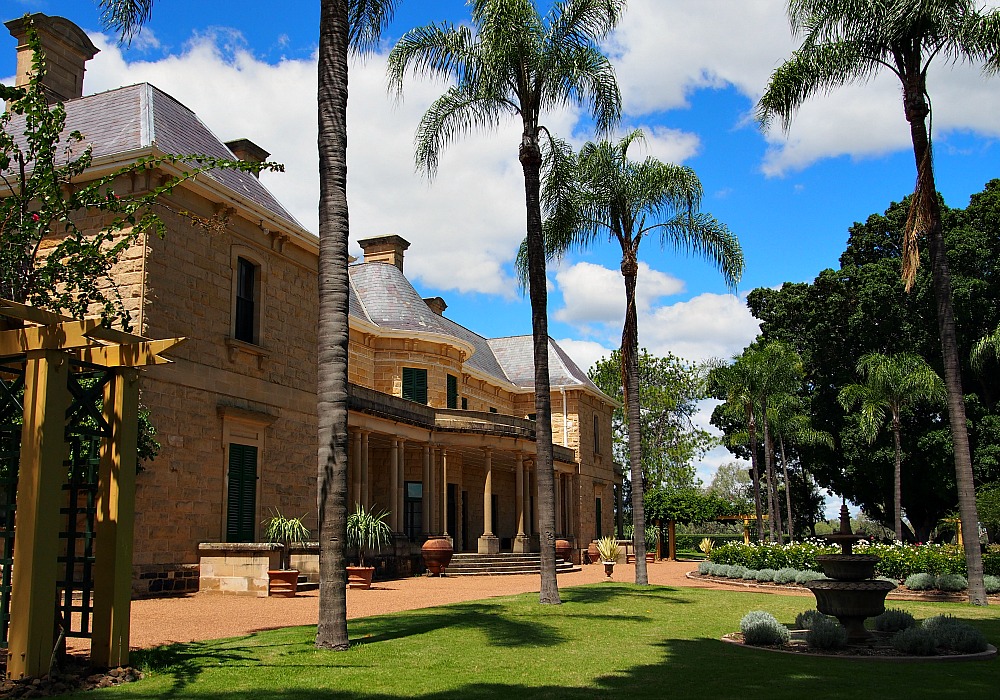
We admired the rose gardens and the lavender bushes fragrant in the hot sun, the sweeping terrace that was cool and shady even on the blazing hot afternoon we were there.
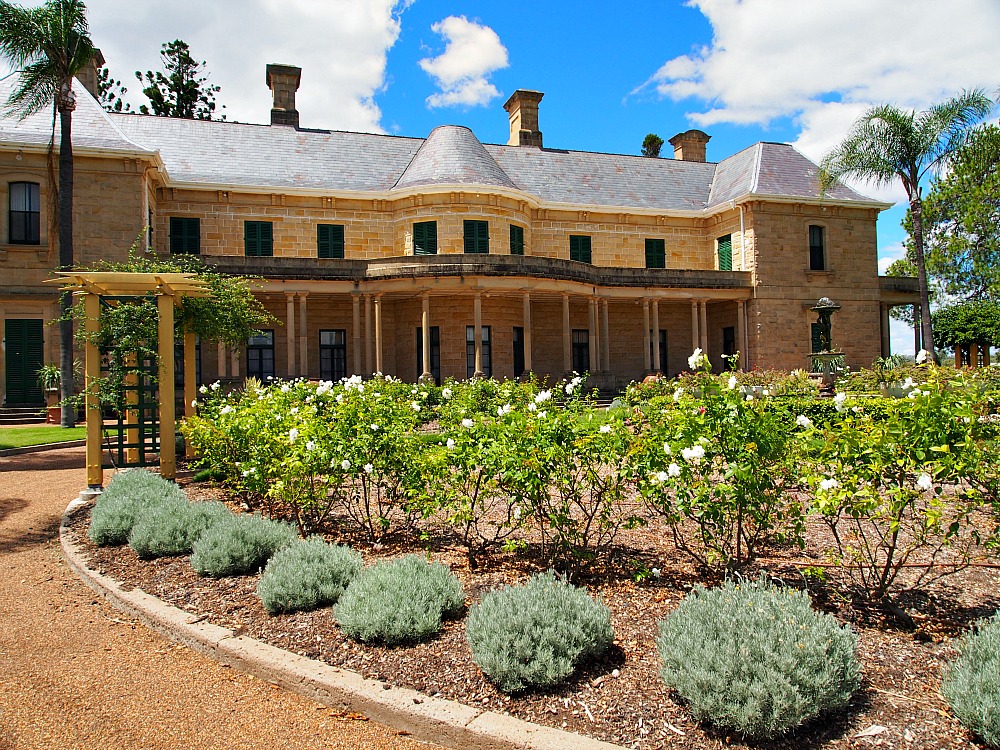
Then we turned around and saw the swimming pool with sweeping views over the downs. Can you imagine the marvelous pool parties they have on hot summer nights?
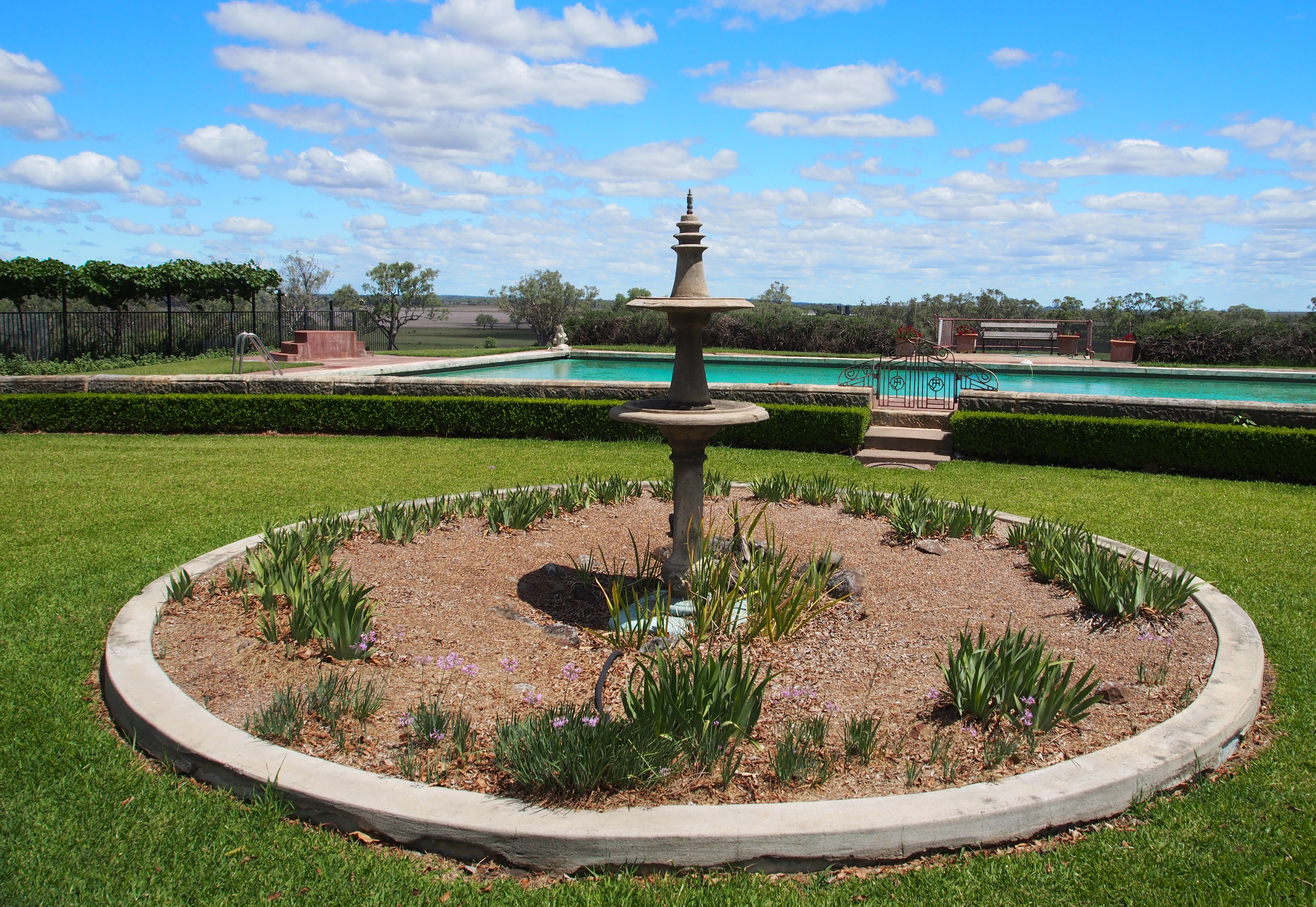
Thoroughly roasting by now, we happily trailed our fingers in the cool waters of the fountain. How good such things feel on a sweltering afternoon.
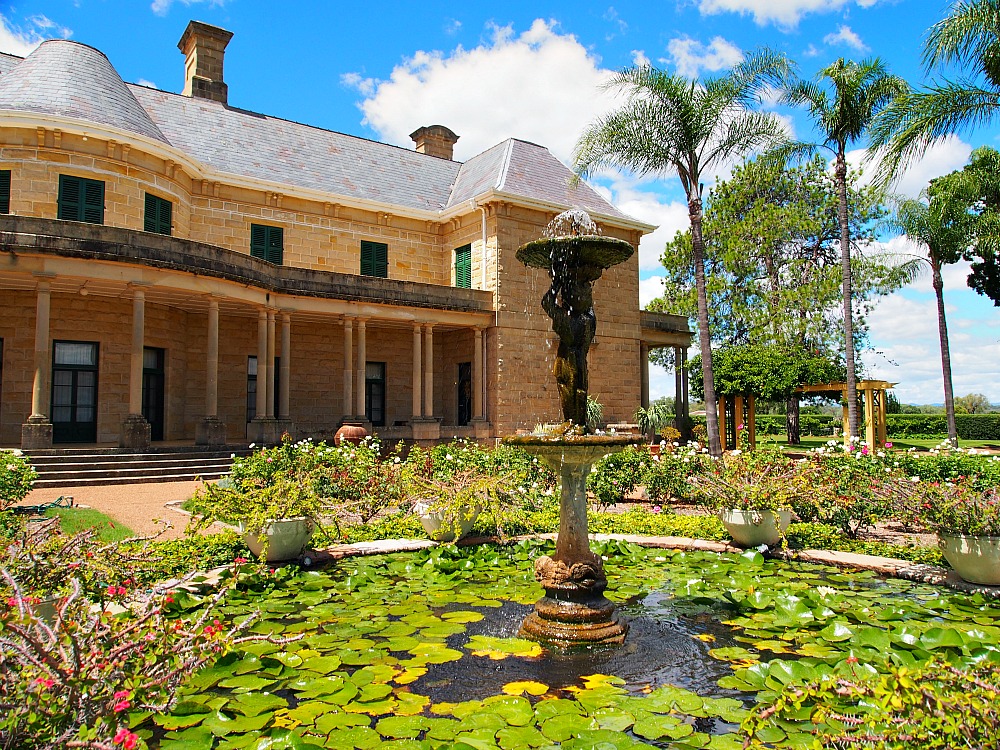
A few moments later clouds rolled in, giving luscious relief as we left the front of the sandstone mansion and went to explore the kitchen garden.
And what a lovely garden it is.
Across a pristine green lawn, a row of grape vines hints at verdant growth to come.
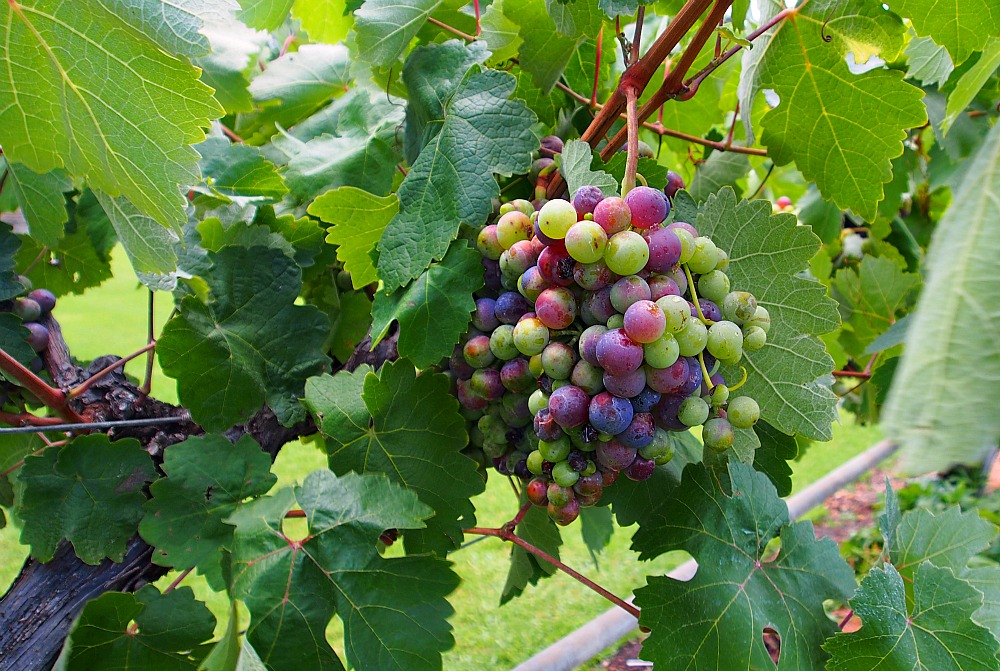
Entered through a gate marked with stone pillars, the Jimbour House kitchen garden is a bit of a dream place.
Spread over 3000 square metres, it is maintained in tribute to early pioneers who, because of their isolation, were reliant on their own skills in growing fruits and vegetables to feed themselves and their families. Rooted in Queensland black soil and fenced with local timber, the gardens are farmed as organically as practical, with all produce used by the Cellar Door, house kitchen, station staff, or the resident poultry.
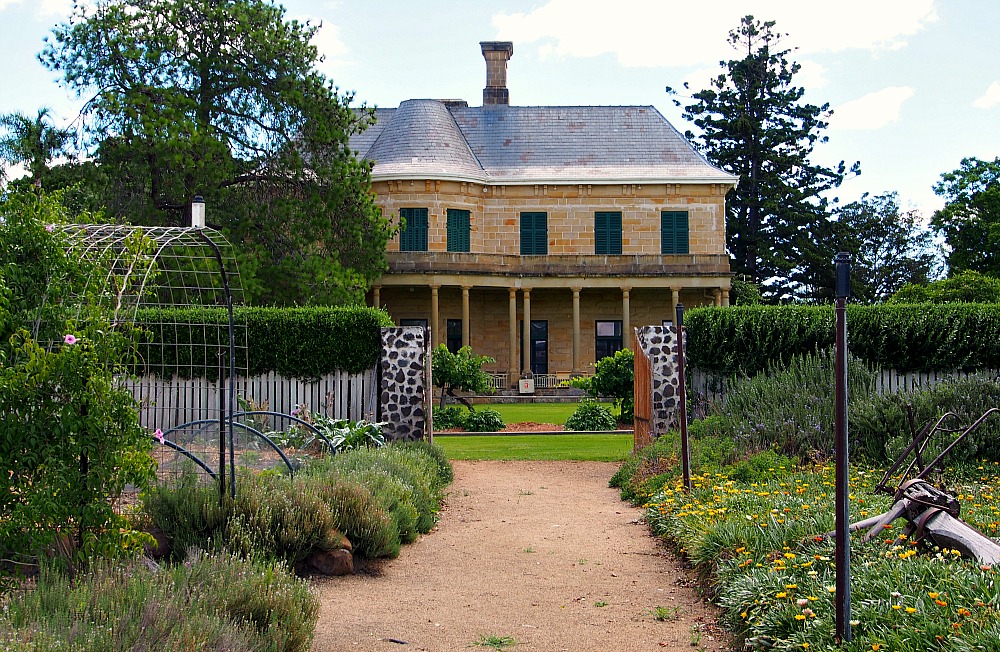
Gravel pathways twist and turn between rock-bordered beds filled with fruit trees and great drifts of fragrant herbs. Depending on the time of year visitors can spot sunflowers, moon and stars watermelons, Turkish Turban pumpkins, and a range of heritage plants.
When we were there, silverbeet, Brussels sprouts, and other veggies were thriving.
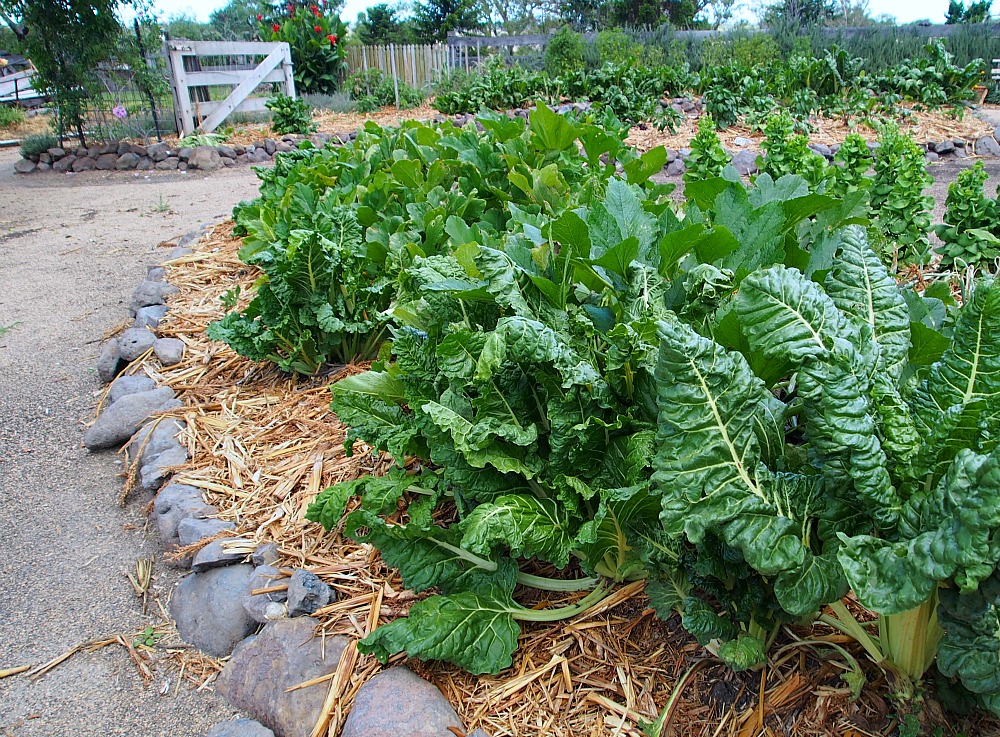
Wandering the garden was greatly inspiring, setting my imagination whirring with ideas I could incorporate when I got back home to our farm.
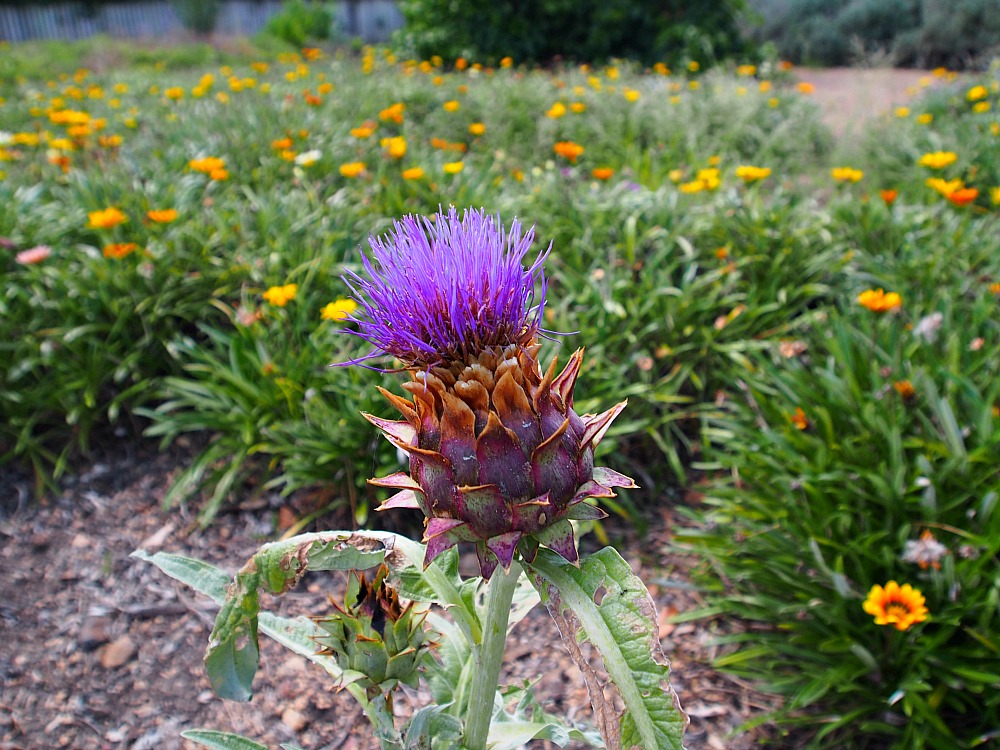
As we emerged from the kitchen garden, the sun emerged from the clouds, turning the lawn into a shimmering, glowing expanse.
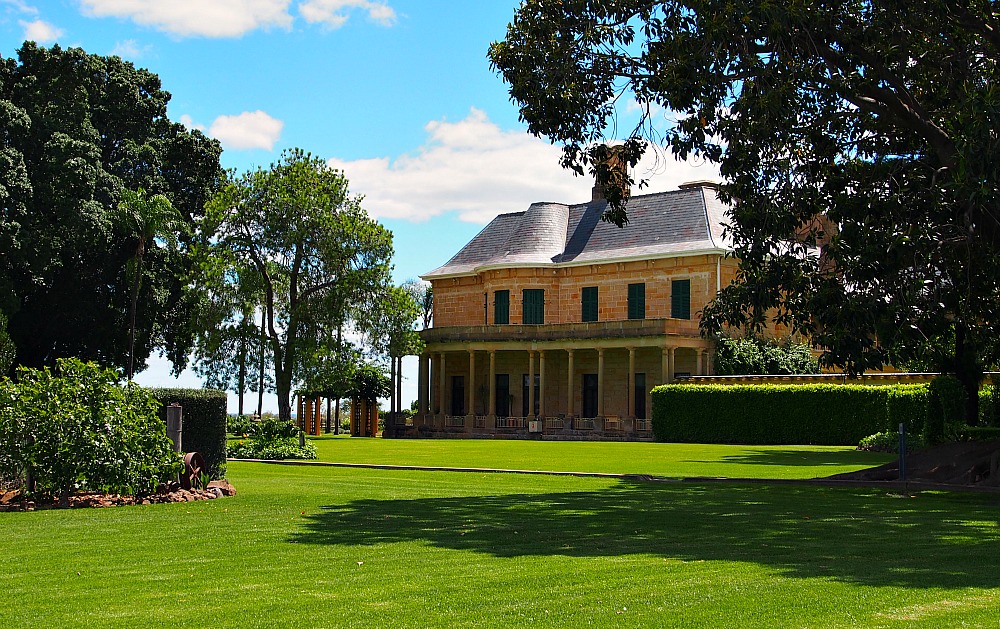
Next time we’ll explore the back of Jimbour House.
What is the best surprise you’ve had while traveling? xo



































































